“Some are born great, some achieve greatness, and some have greatness thrust upon them.”
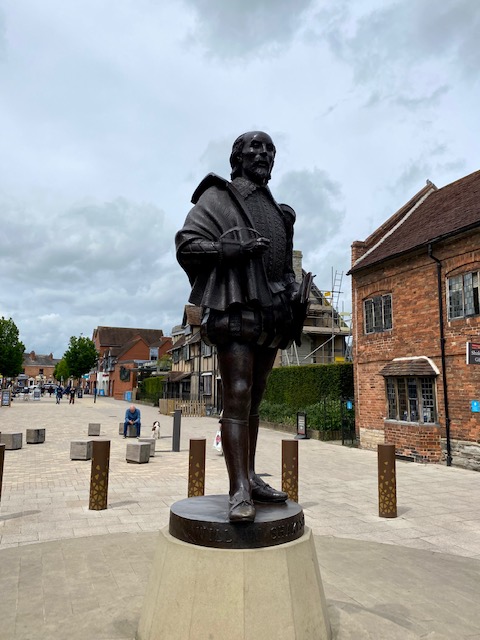
–William Shakespeare, English writer
THE COTSWOLDS
Shakespeare is one of many great figures from the Cotswolds region. The Cotswolds, in central-southwest England, is a beautiful, rural landscape of green rolling hills. We stayed in Chipping Camden, which is where the famous 102-mile Cotswolds Way, a famous walking trail for the intrepid hiker, begins and leads to Bath. We smartly chose to drive it instead, to visit a magnificent palace and 1,000-year-old castle.
BLENHEIM PALACE
Blenheim Palace strikes an immediate and imposing impression from the moment you drive through its massive, ornate gates. A long, highly landscaped driveway brings you to the car park; driving along, the palace’s enormity comes into view as it rises up to meet the sky.
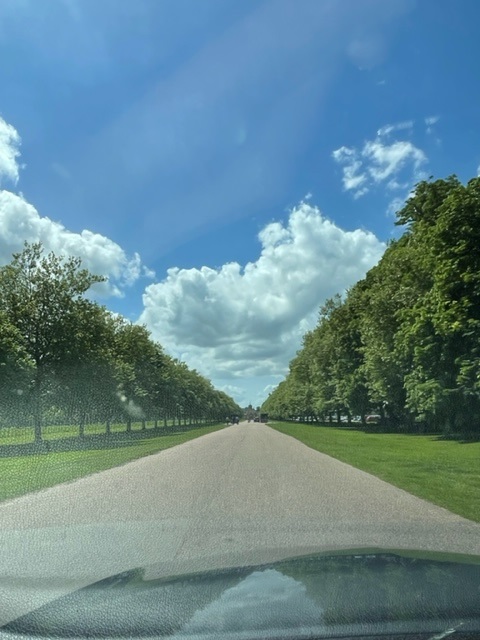
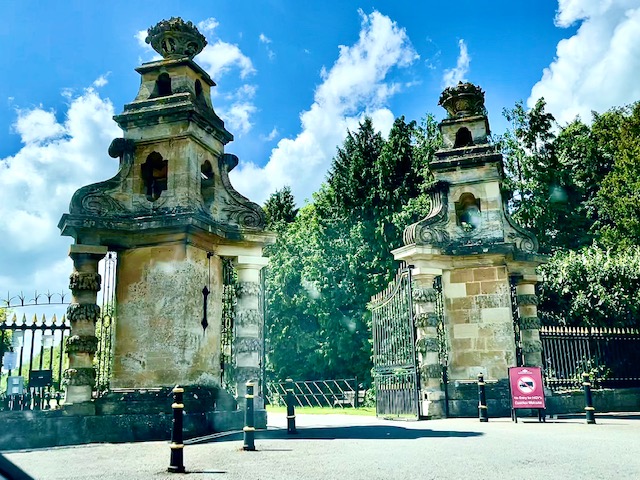

Sir Winston Churchill was born at Blenheim Palace (pronounced BLEN-im), located in Woodstock, Oxfordshire, England. The spectacular palace, one of England’s largest houses, was built between 1705 and 1722, and designated a UNESCO World Heritage Site. It’s the seat and home of the Dukes of Marlborough and is the only non-royal, non-episcopal country house in England to hold the unique title of palace.
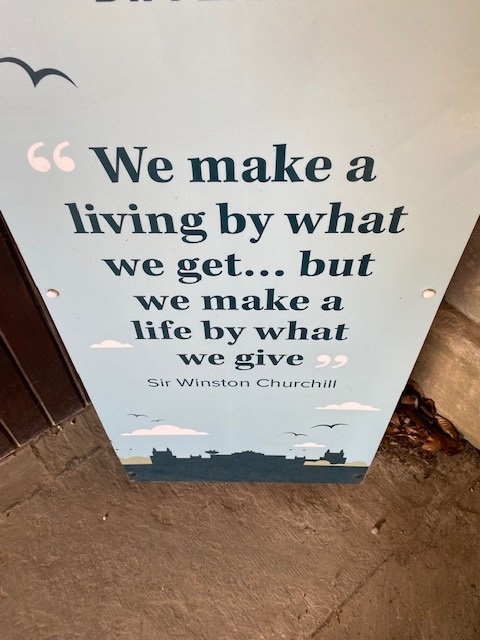
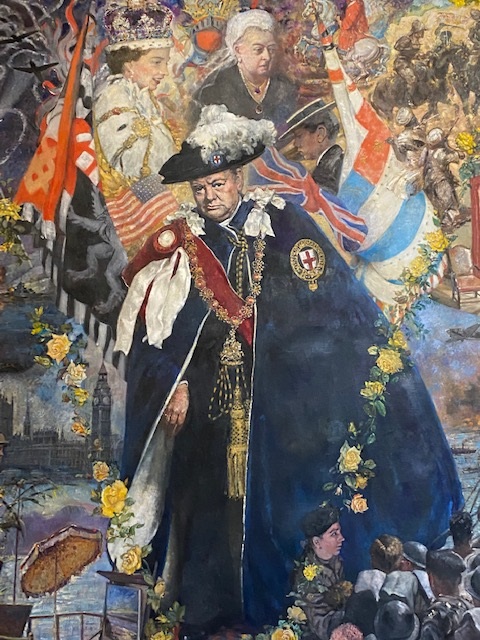
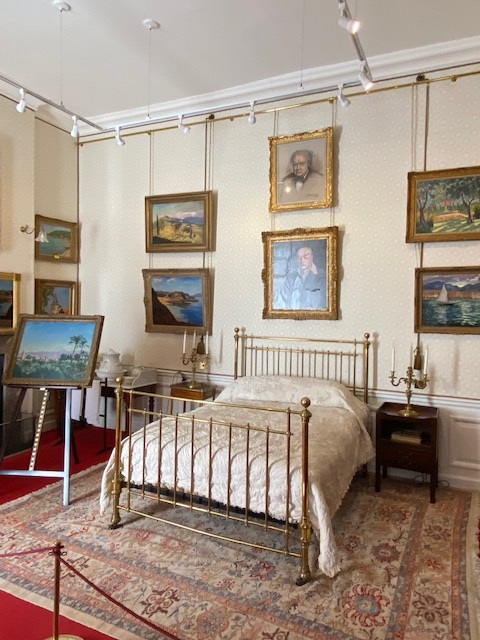
Following the palace’s completion, it became the home of the Churchill family (later Spencer-Churchill) for the next 300 years, and various members of the family have made changes to the interiors, park, and gardens throughout the ages. Blenheim Estate covers a vast area in excess of 12,000 acres!
John Churchill was the first Duke of Marlborough (1650-1722). The current 12th Duke is James Spencer Churchill, a distant relative of Sir Winston and Princess Diana. Princess Diana was related to Winston Churchill via the Spencer-Churchill line. Their common ancestors include Charles Spencer, 3rd Earl Spencer (1675-1722) and his wife Anne Churchill.
The palace is unusual in its combined use as a family home, mausoleum, and national monument. Winston Churchill’s life and times are commemorated by a permanent exhibition in the suite of rooms in which he was born.

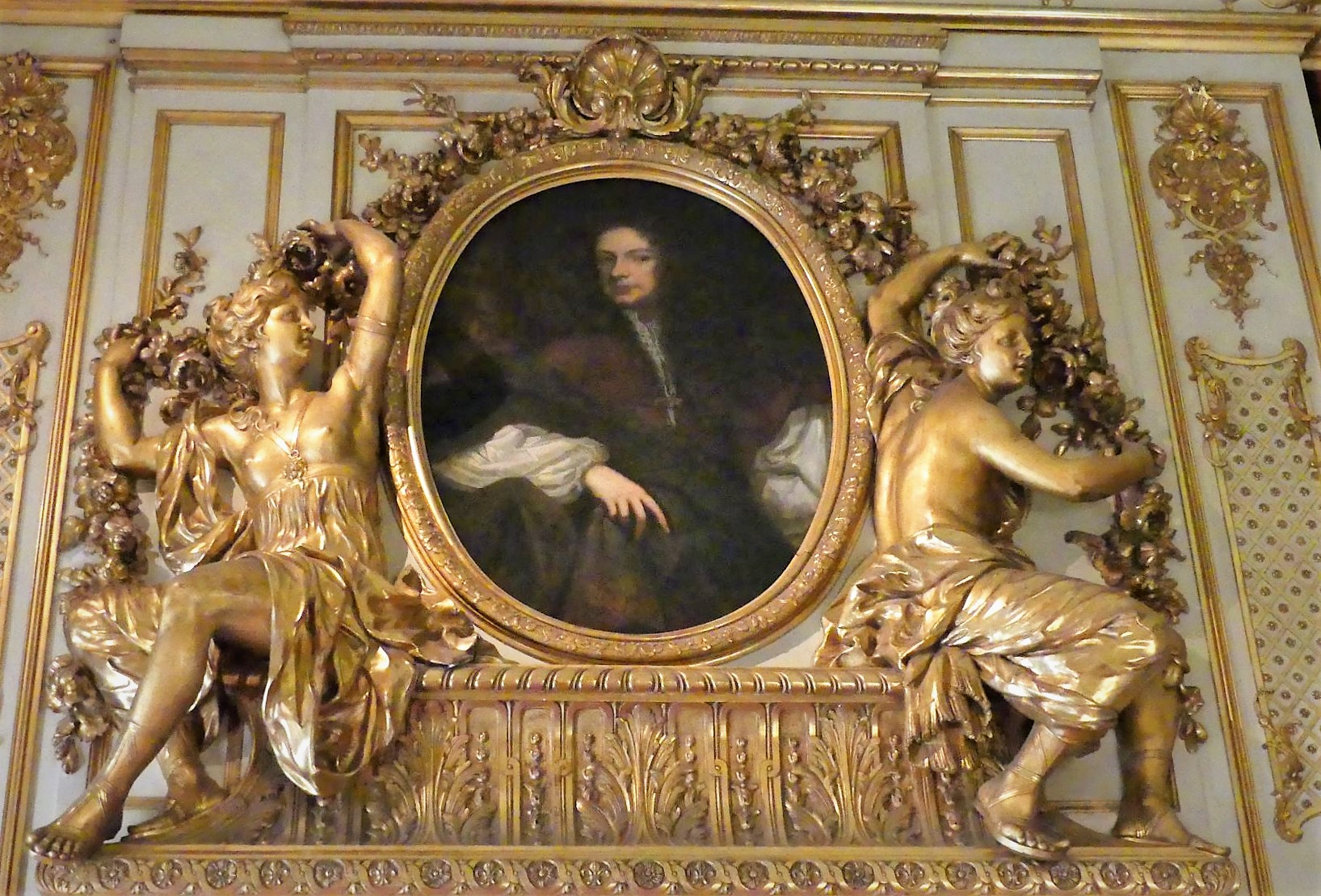
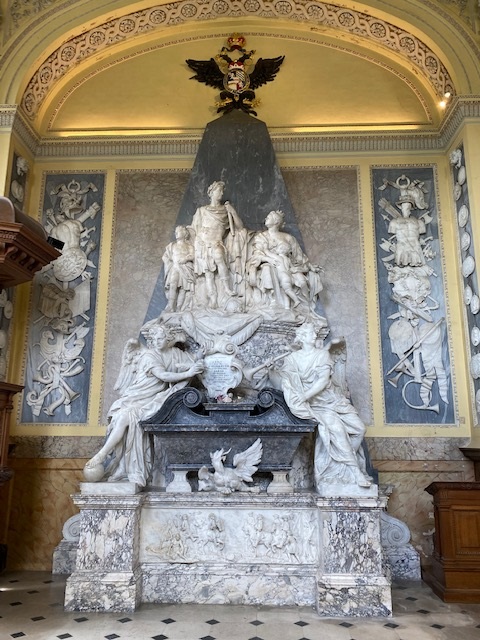
At the end of the 1800s, the palace was saved from ruin by the wealth obtained from the 9th Duke of Marlborough’s marriage to the railroad heiress, Consuelo Vanderbilt, who came to be known as the American Duchess. The Duke was basically penniless, but Ava Vanderbilt, Consuelo’s mother, wanted a title for her daughter. She brought in a dowry worth two and half million dollars (that’s 90 million today!), making it a very profitable, but most unhappy marriage. Consuelo was instrumental for reviving and restoring Blenheim to its former glory.
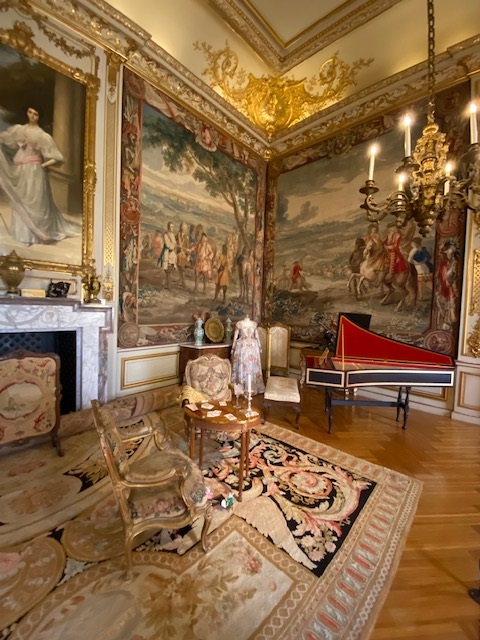

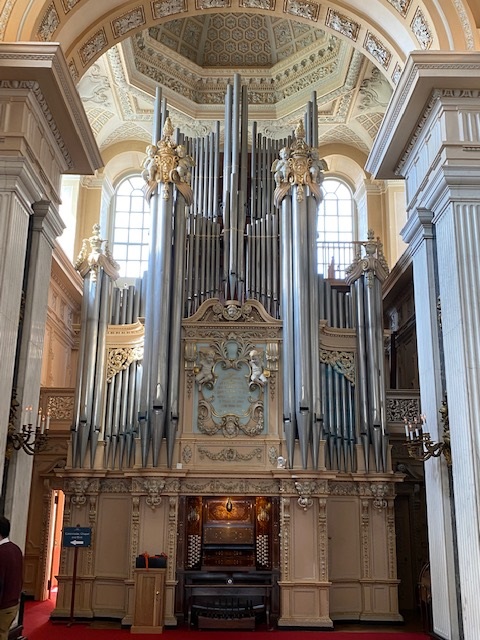
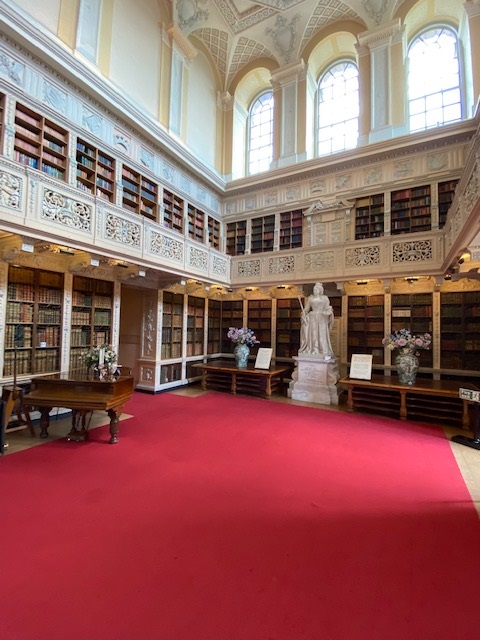
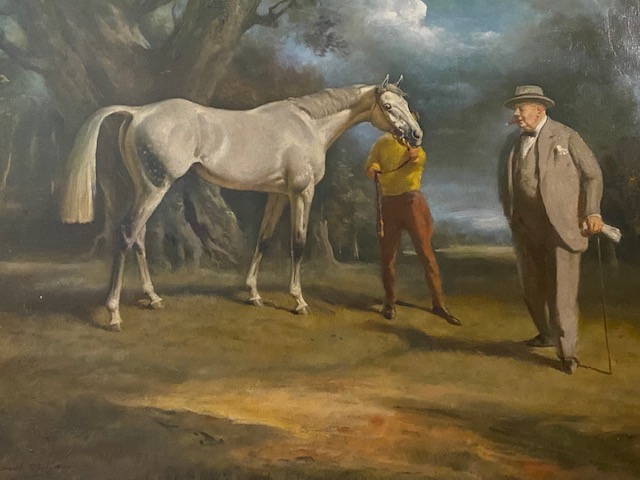
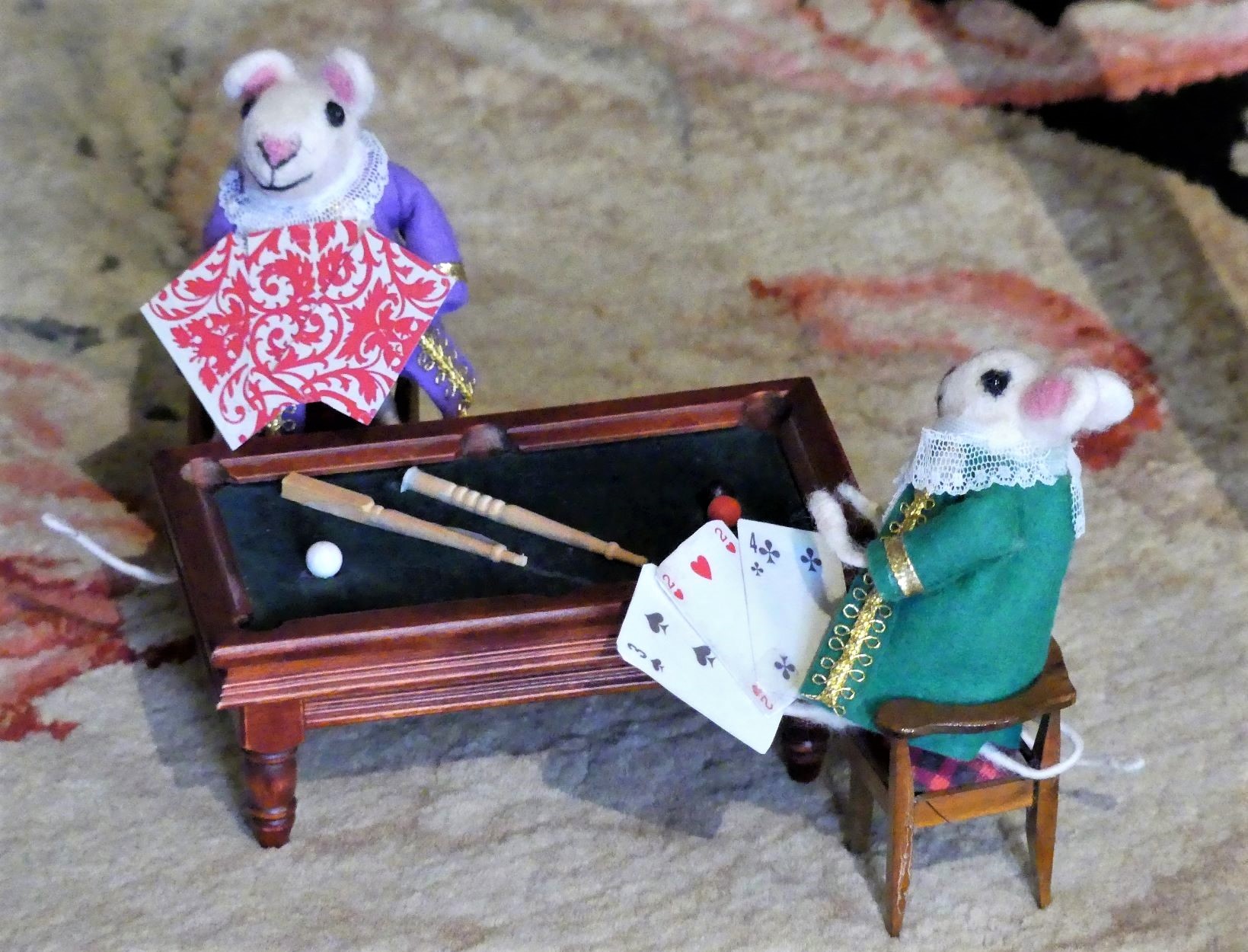
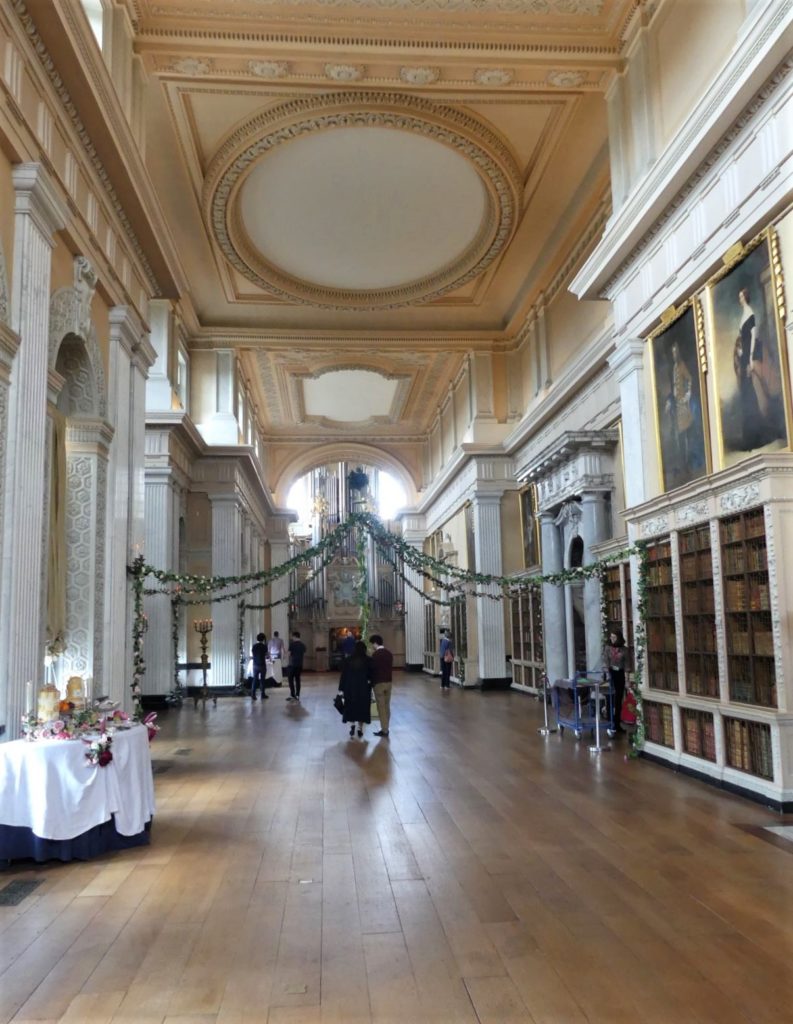
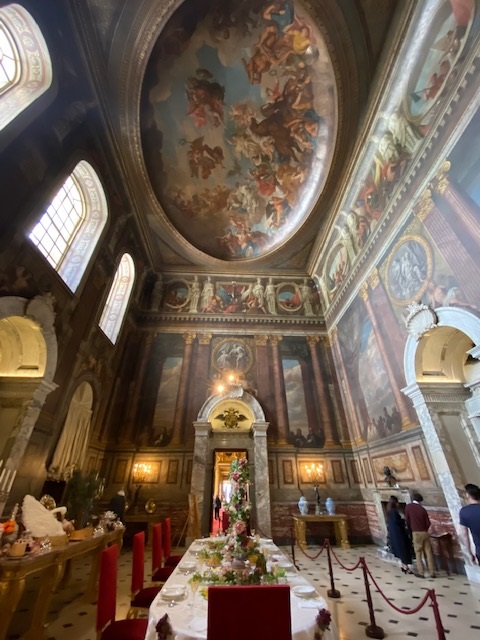
A literary aside here … I’d just finished reading Consuelo’s riveting autobiography, “The Glitter and the Gold” (published in 1952). It’s the story of the “real” Lady Grantham of “Downton Abbey.” It tells of her opulent life full of historical characters, and her social work and civic mindedness. An awesome read for those interested in an amazing story of an amazing and highly educated woman who used her own personal wealth to make her world a better place. A fascinating life well lived.

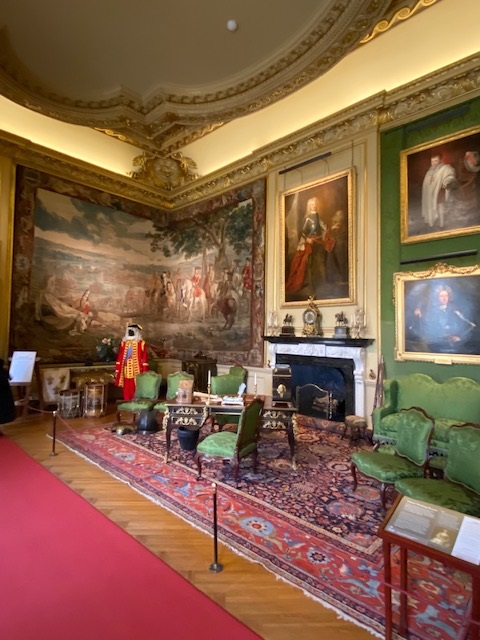
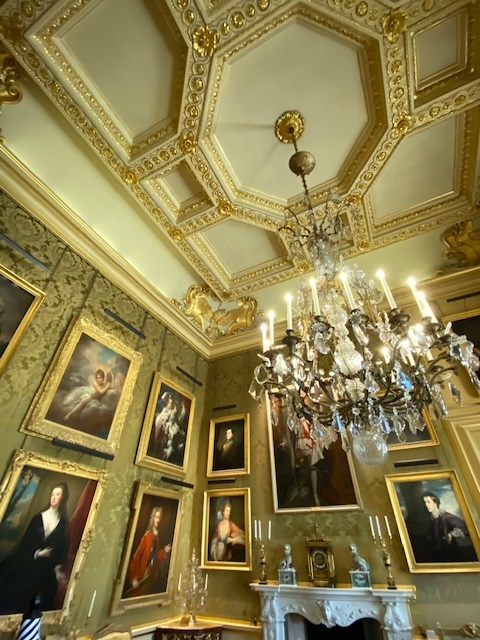
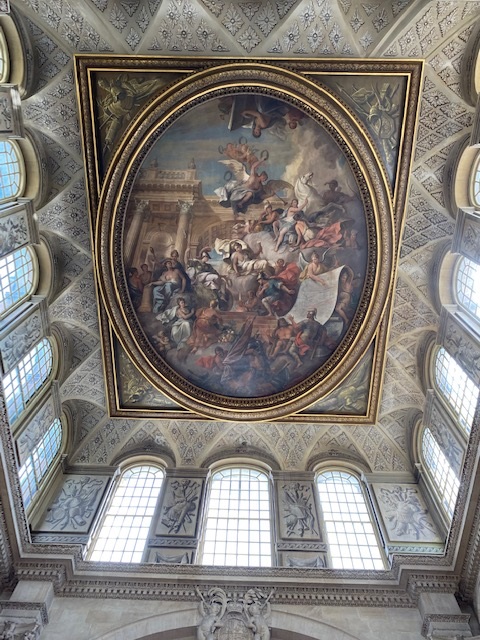
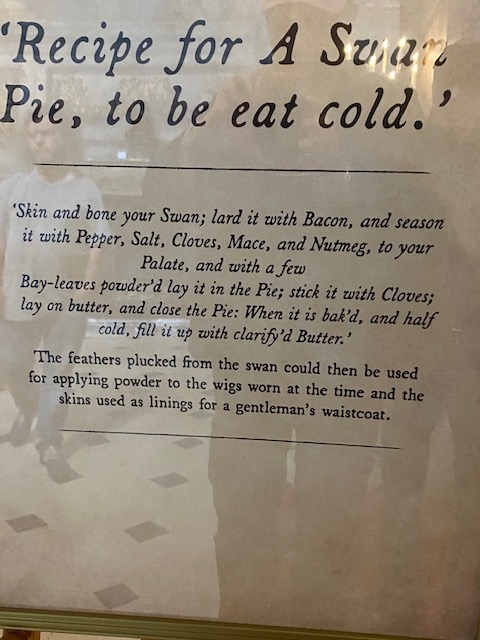
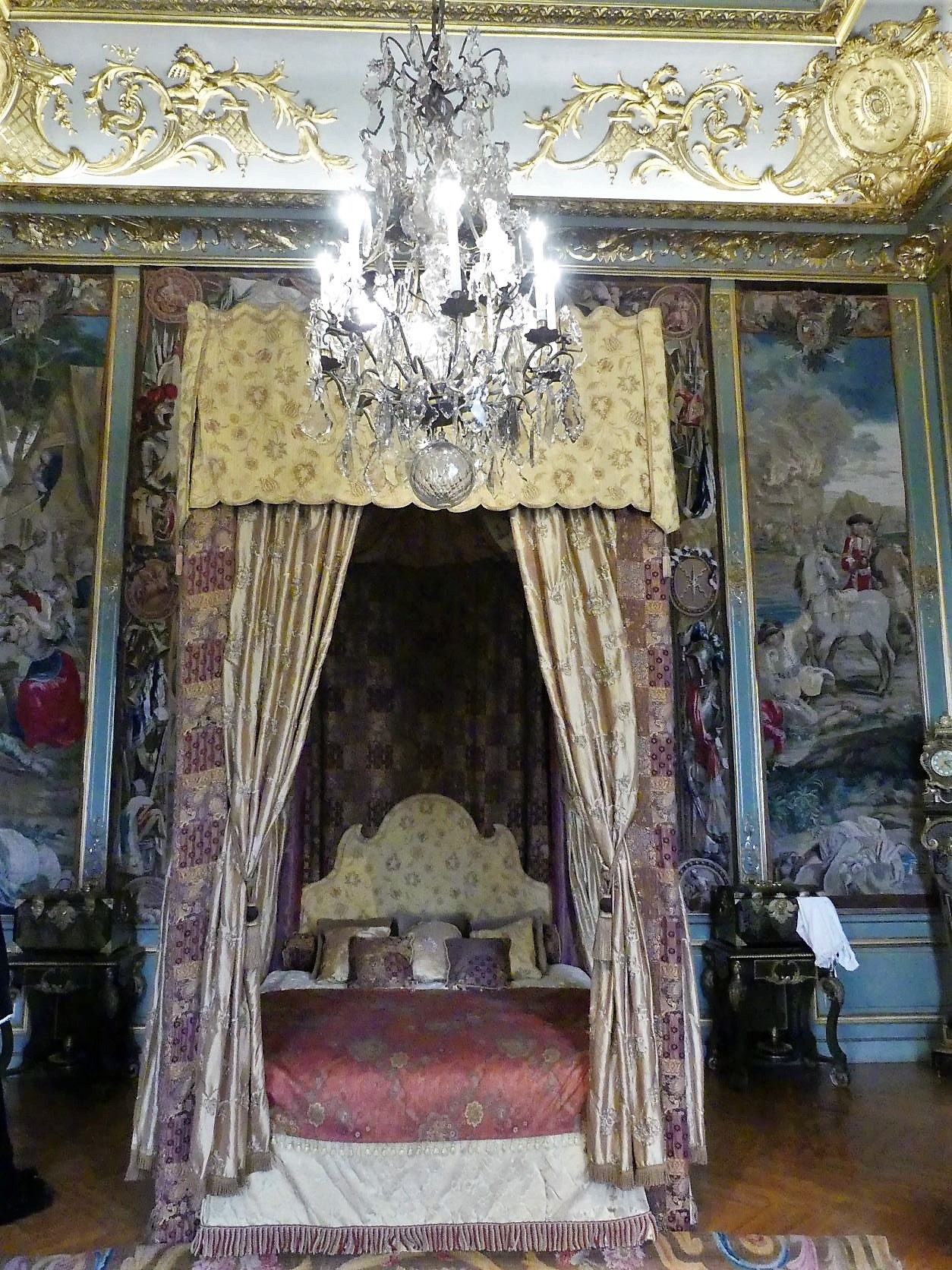
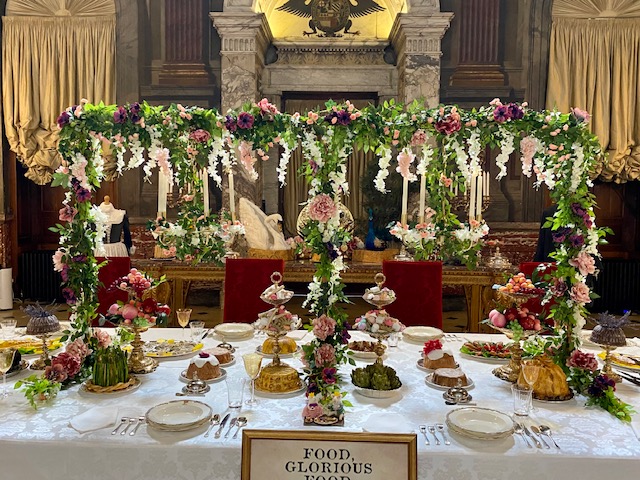
Once you walk through the mighty stone archway, you’re suddenly transported back to the 1700s into an enormous, central courtyard. Here, you imagine the elaborate horse-drawn carriages arriving for the fancy society ball, and the fabulous folk ascend the palace’s mighty grand entry staircase; a Cinderella moment.
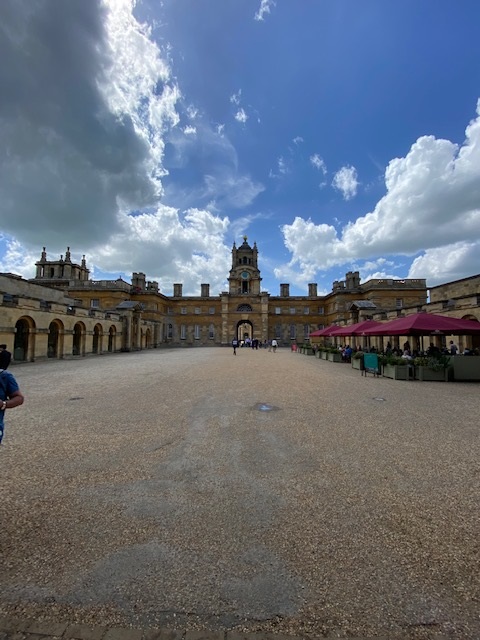
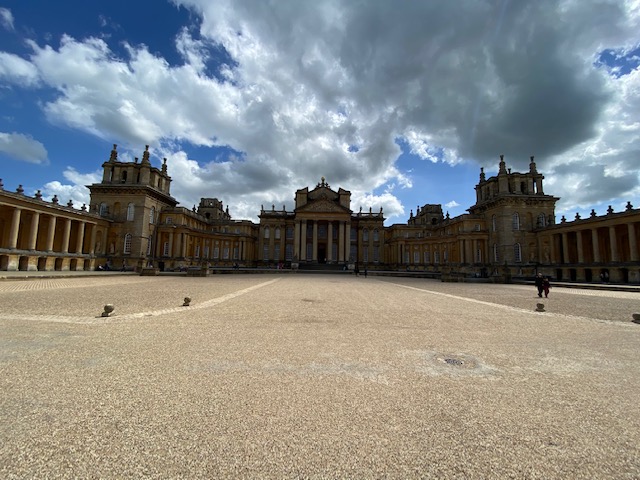
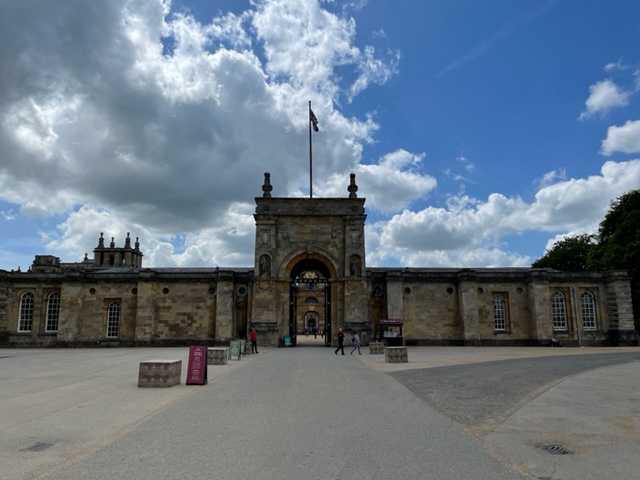
Once inside, there’s lavish room after lavish room, a living museum, with one more grandiose than the next. Sometimes 17-18th century décor can be overly ornate and golden, and can appear a bit tacky in my book. However, the décor here, yes, somewhat overwhelming, is elegant and classic, a place where one can easily relax in such opulent surroundings.
As at the Royal Palace in Brighton, we lucked upon Blenheim Palace’s special fashion exhibit … generously loaned by the Oscar winning costume designer, Sandy Powell, and her Oscar nominated costume designs for the 18th-century frail Queen Anne (portrayed by Oscar winner Olivia Colman) and her court in 2018’s “The Favourite.” It’s as if we happened upon that fancy society ball after all.
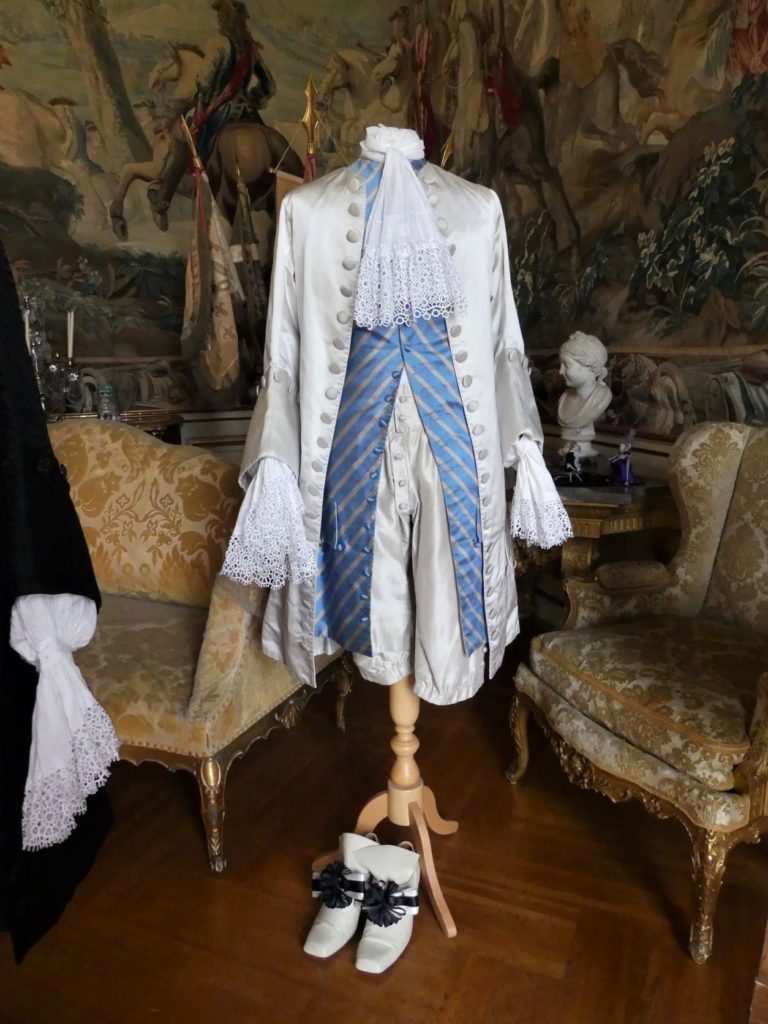
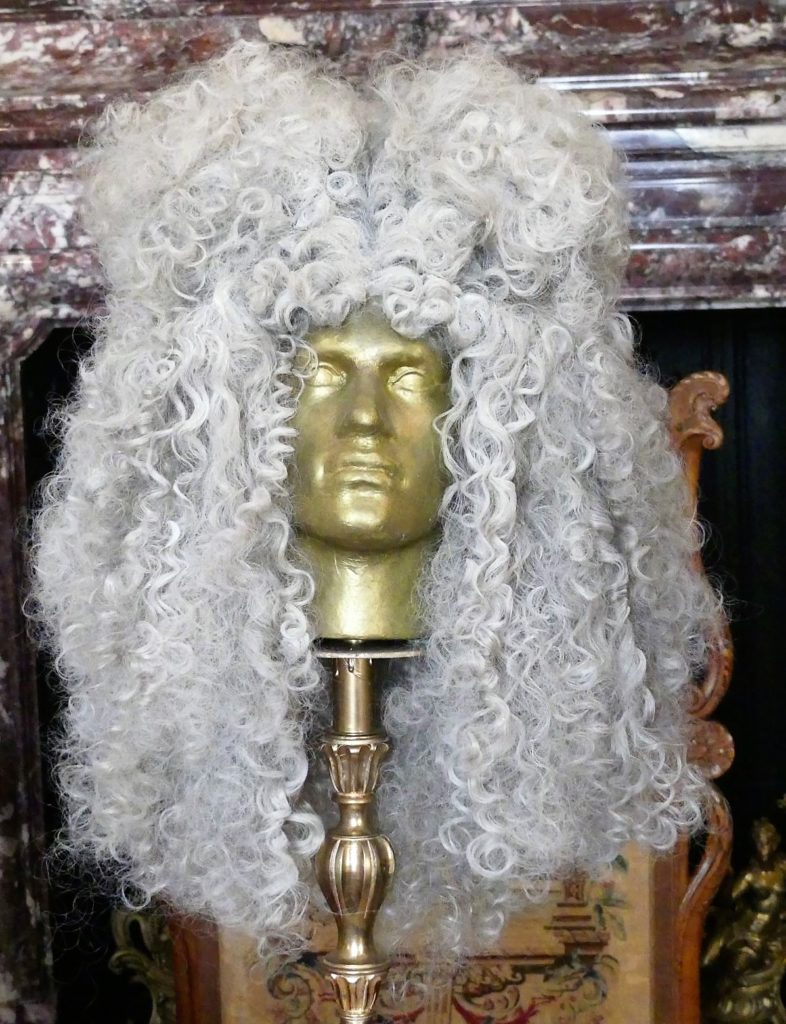

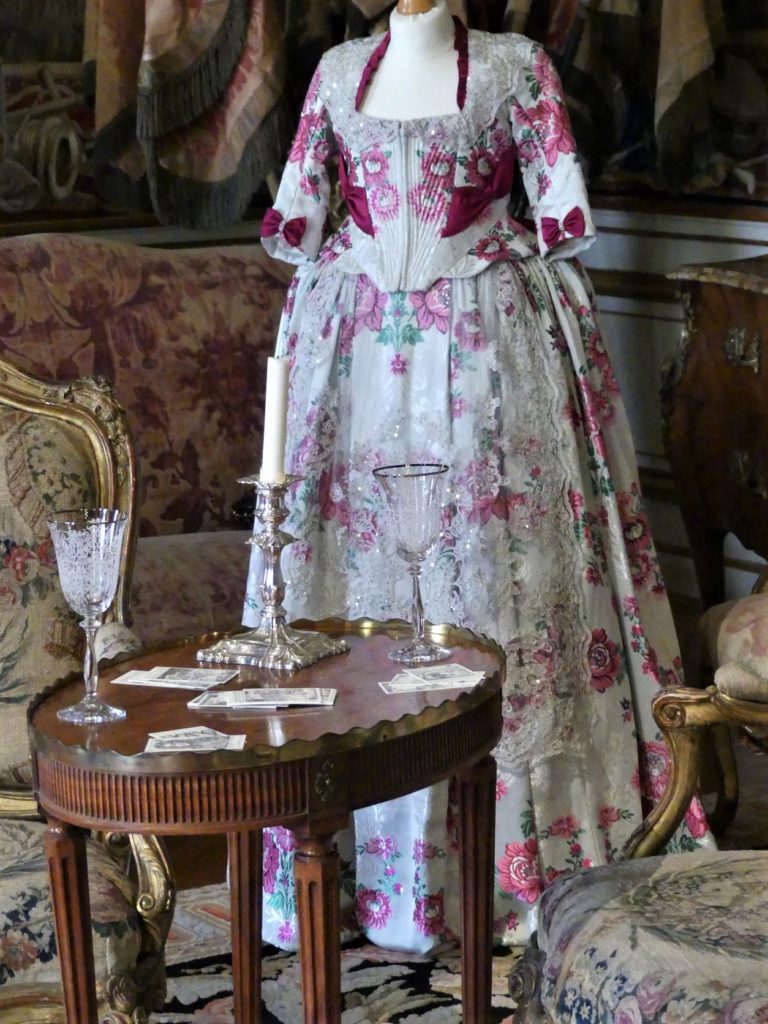
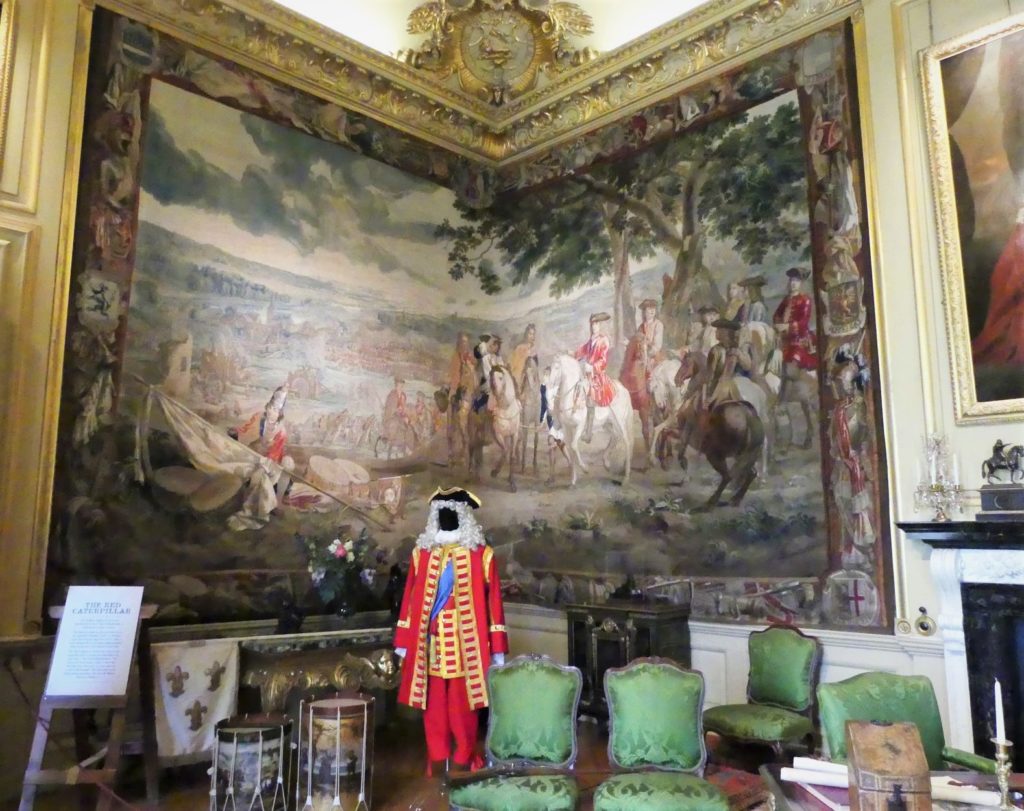
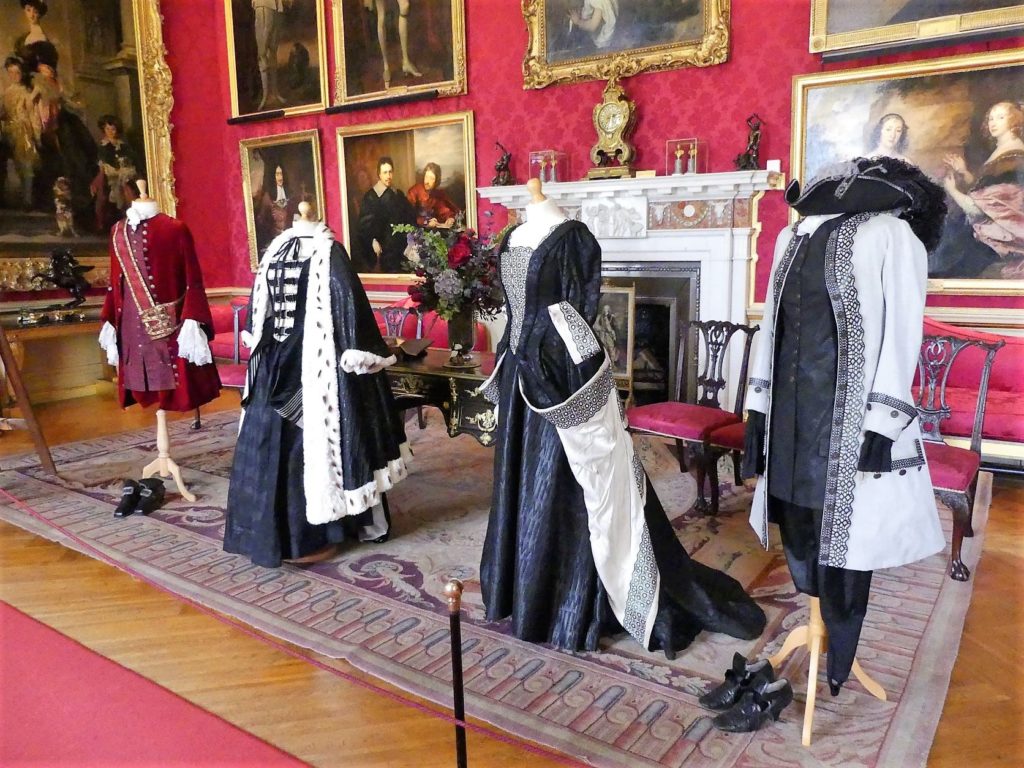


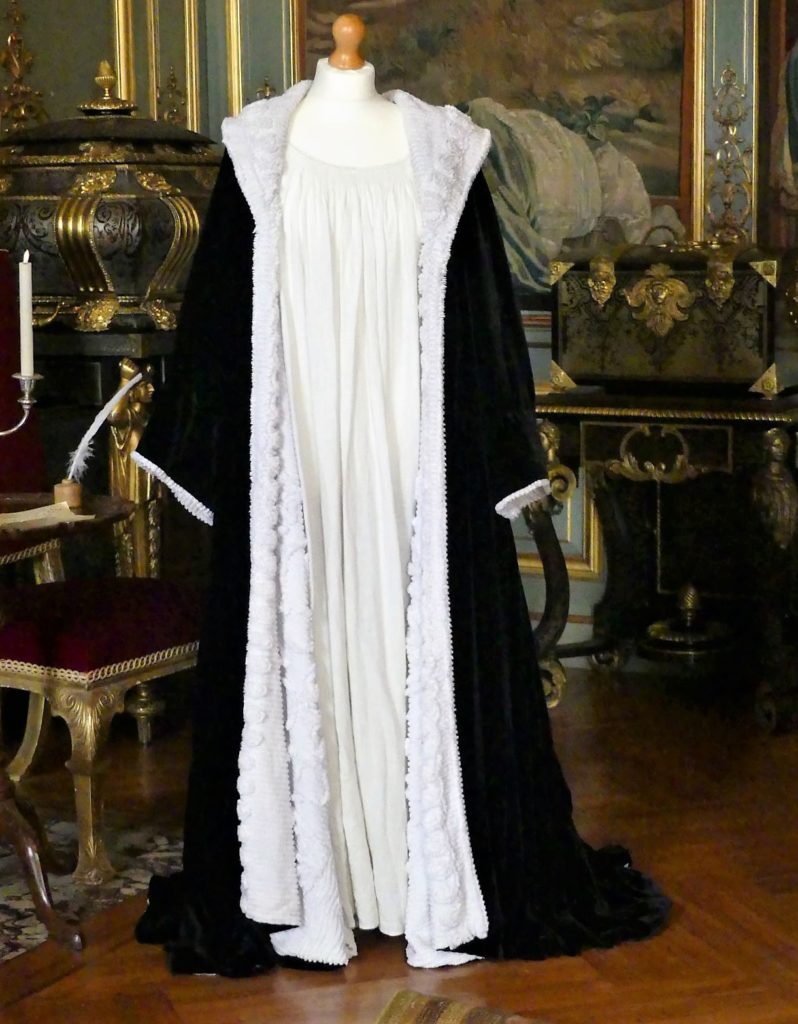
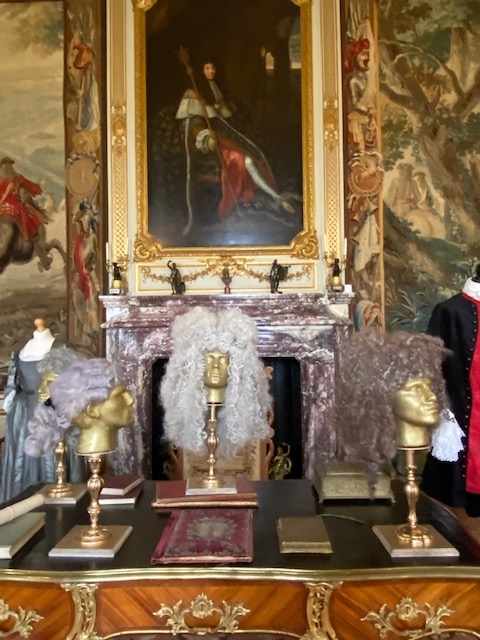

Interesting fact, Blenheim Palace was built for the 1st Duke of Marlborough as a reward from Queen Anne and a grateful nation for his stunning military successes in the War of the Spanish Succession.
Though I wouldn’t consider most rooms in the old manor homes and castles relaxing, what with all the palace intrigue, conspiracies and back stabbing that was going on … think “Game of Thrones.” Blenheim, an exception, exudes an air of elegance and refinement.
Tea time anyone? We sat down after our explorations to enjoy some afternoon tea in the onsite café, to embody the civility and tranquility of the Churchill residence. Afterwards, in exploring a bit of the massive grounds, we ended our visit with a miniature train ride to the secret walled-garden and butterfly sanctuary – little boys like their trains.
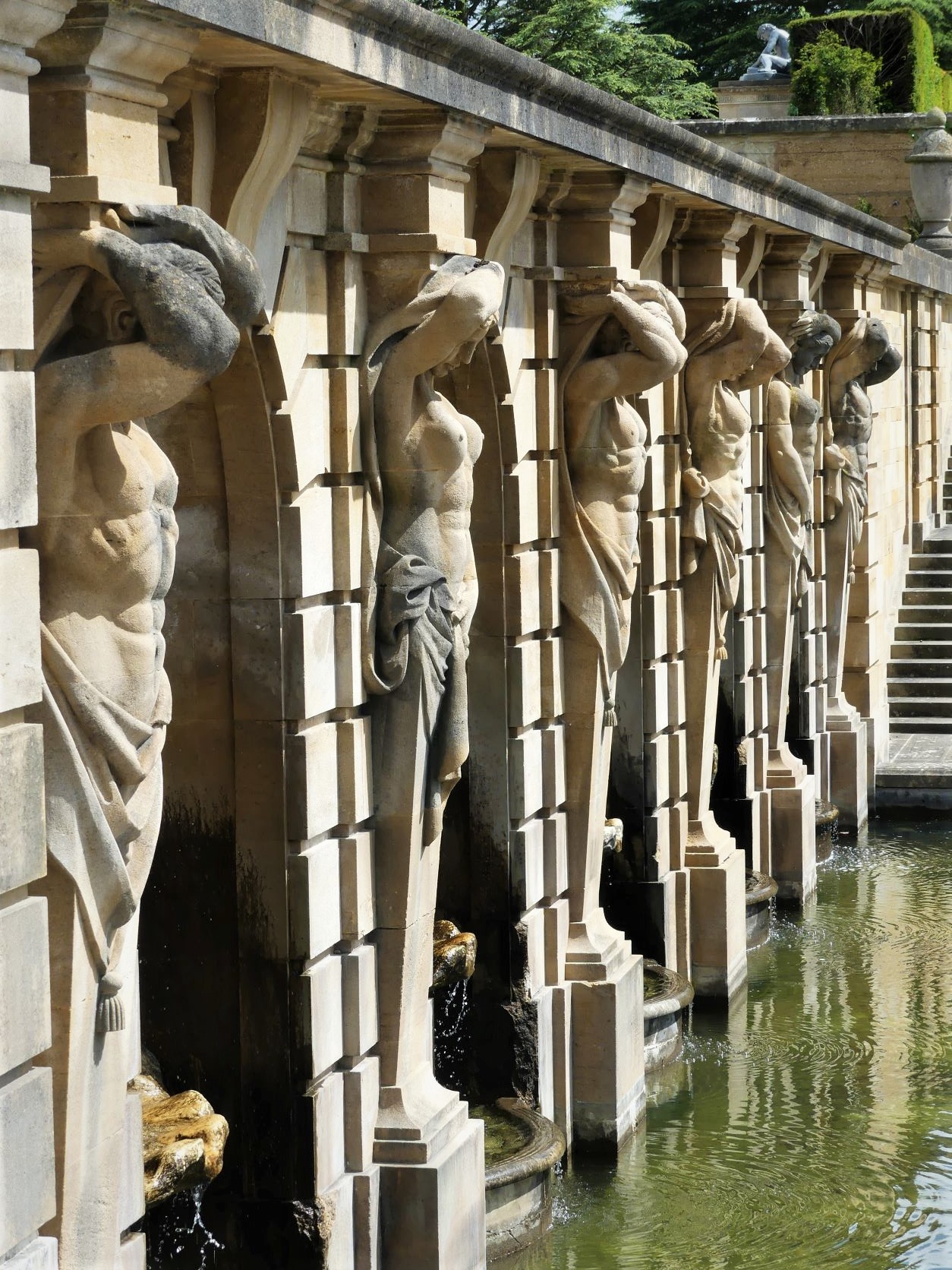
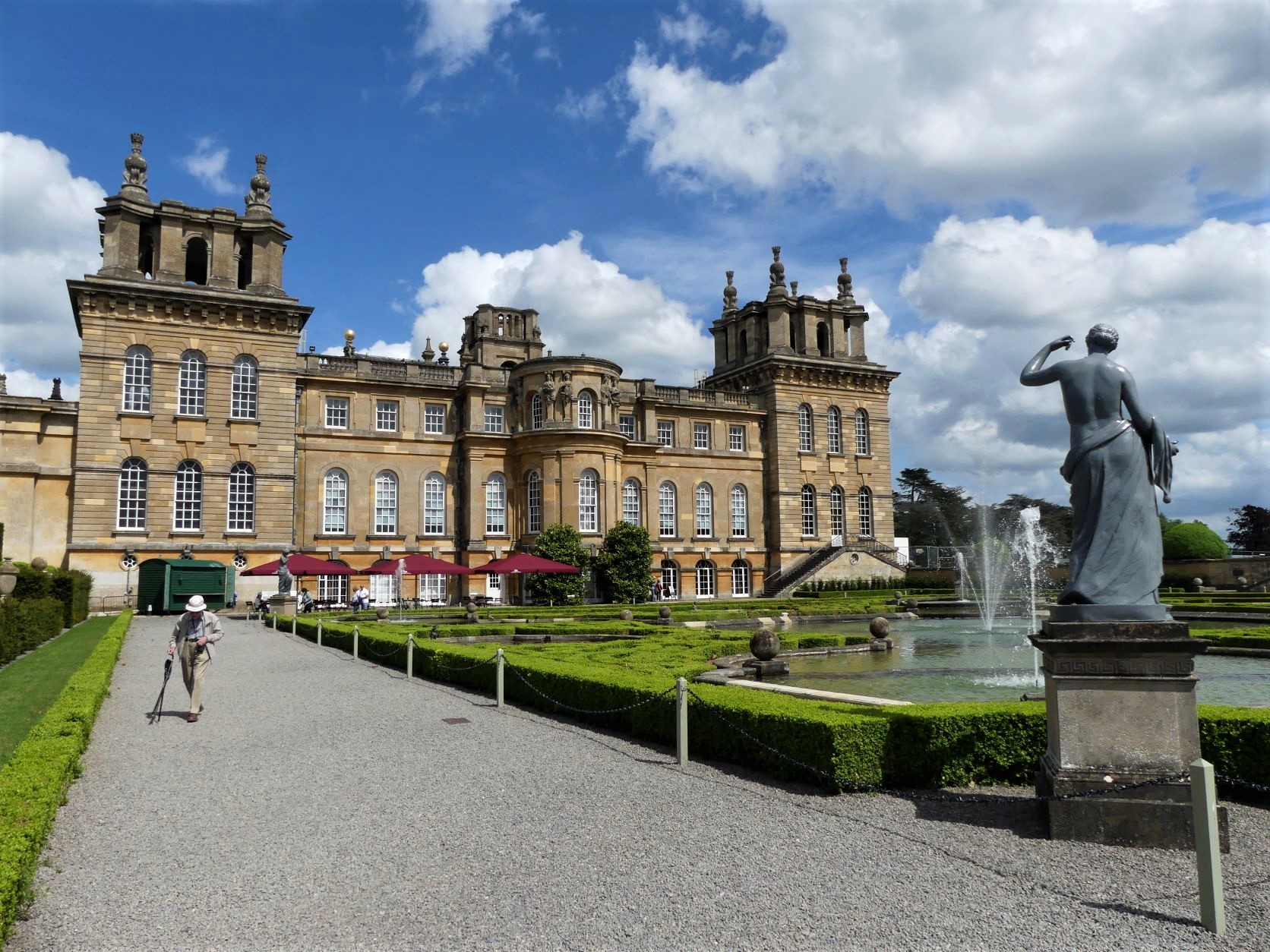
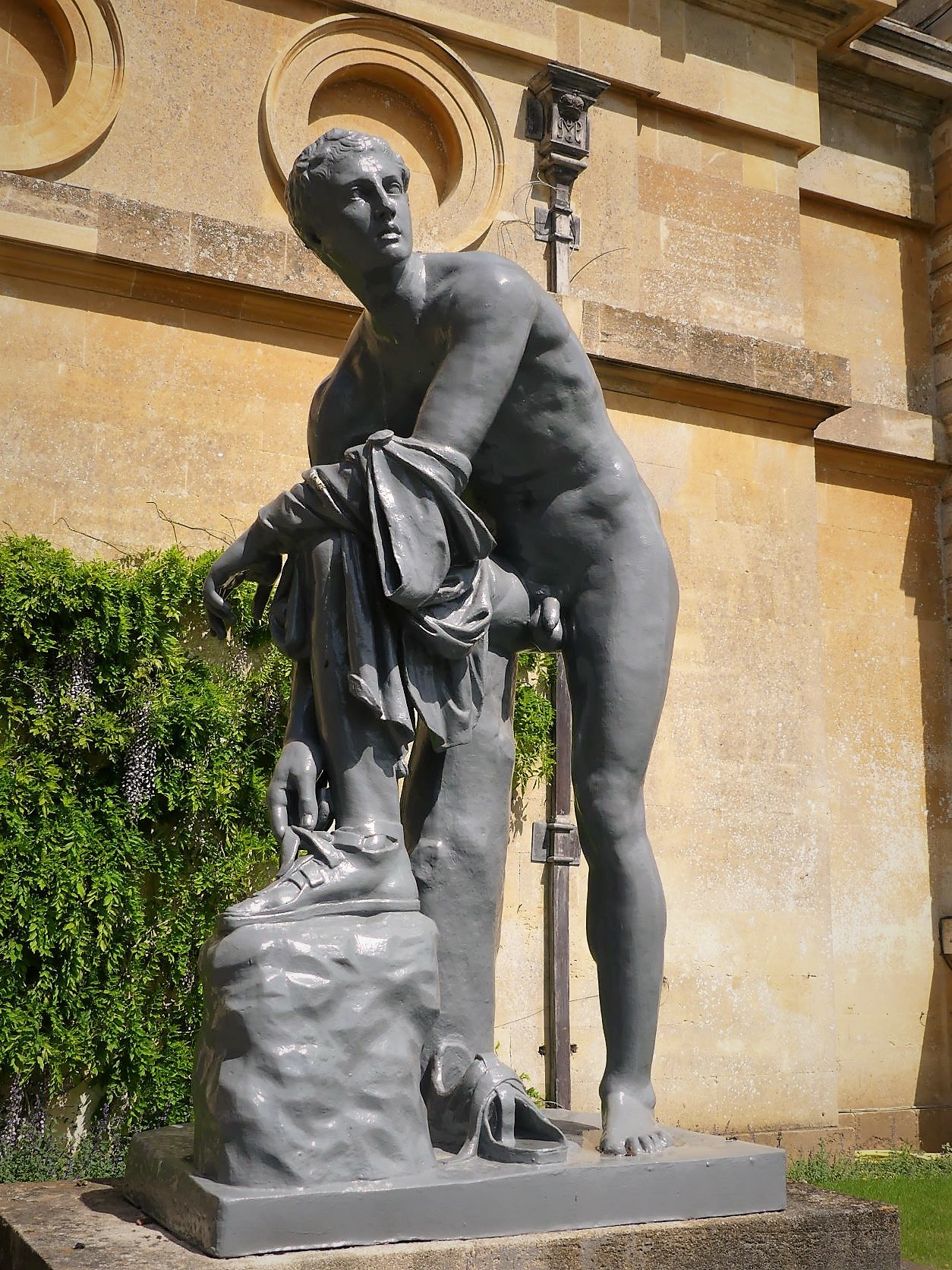
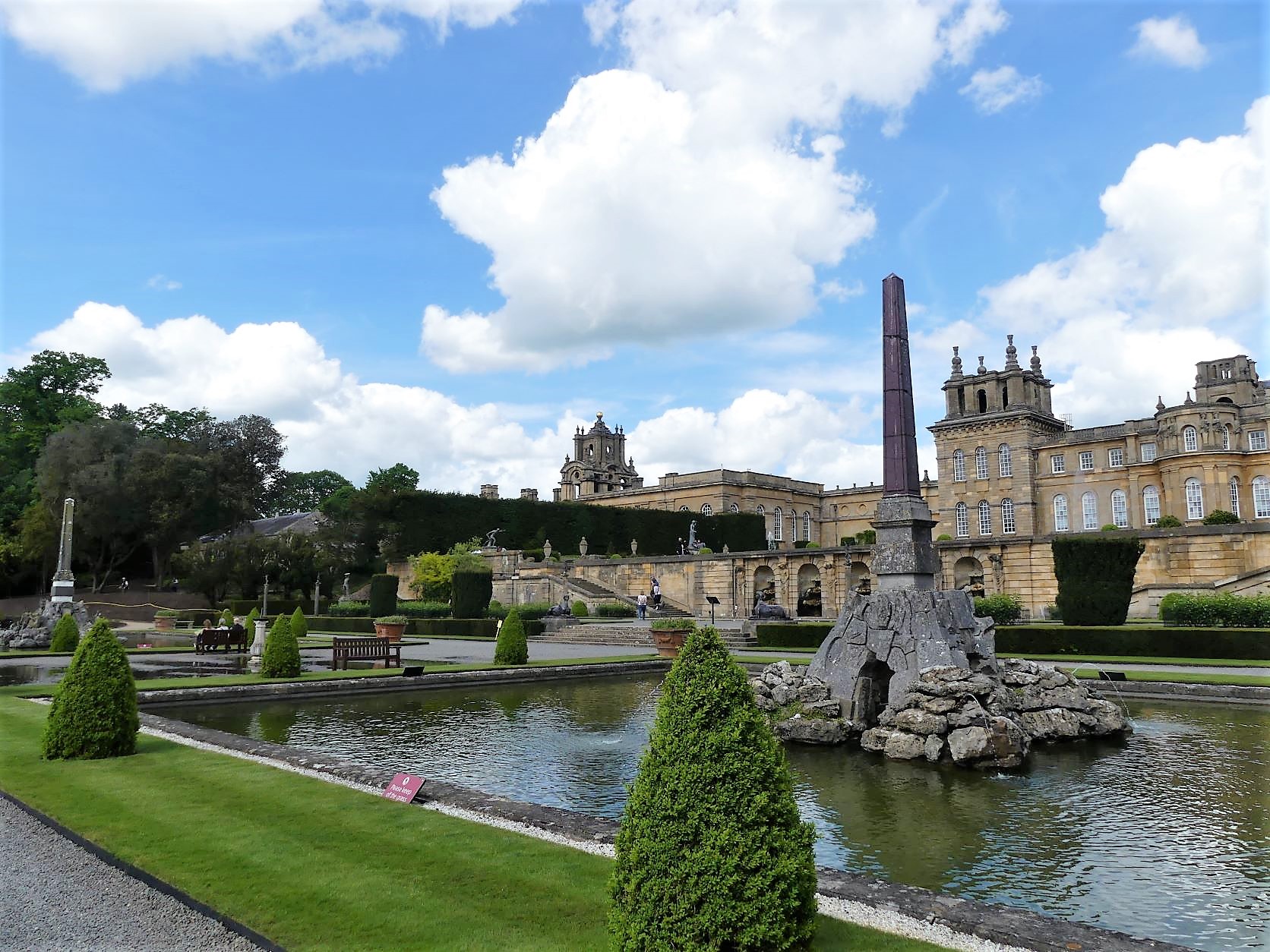

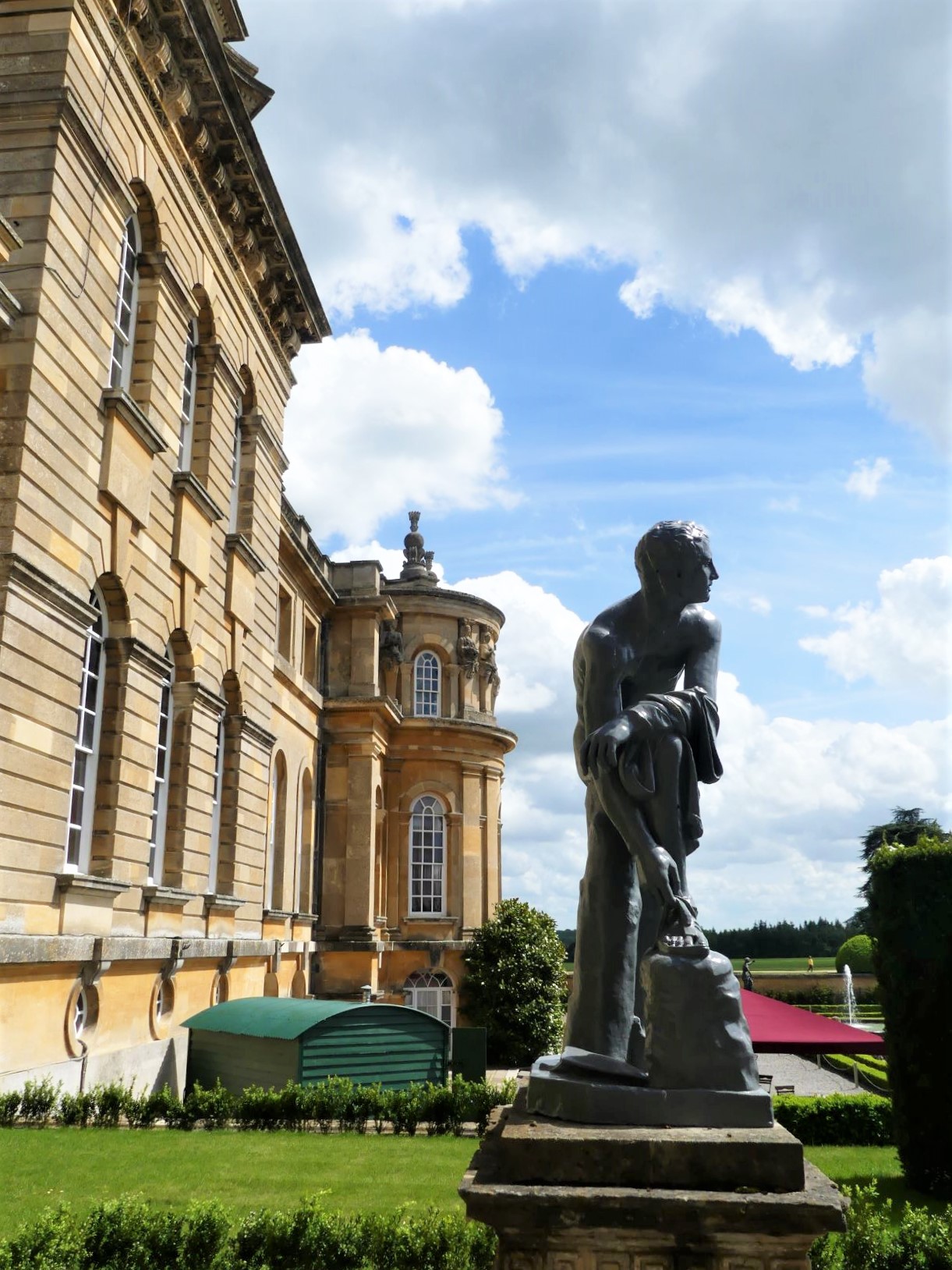



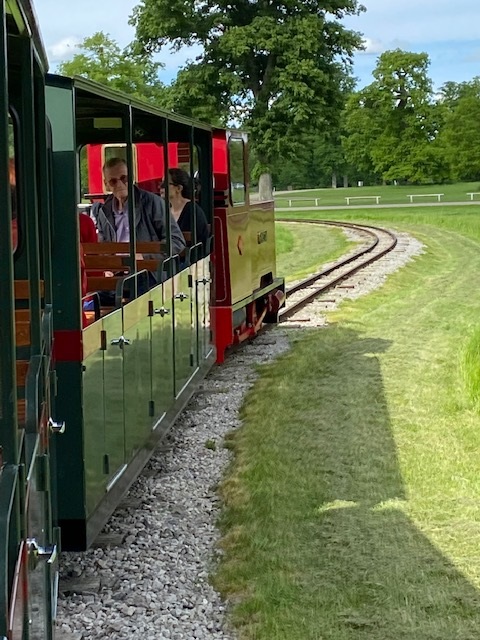
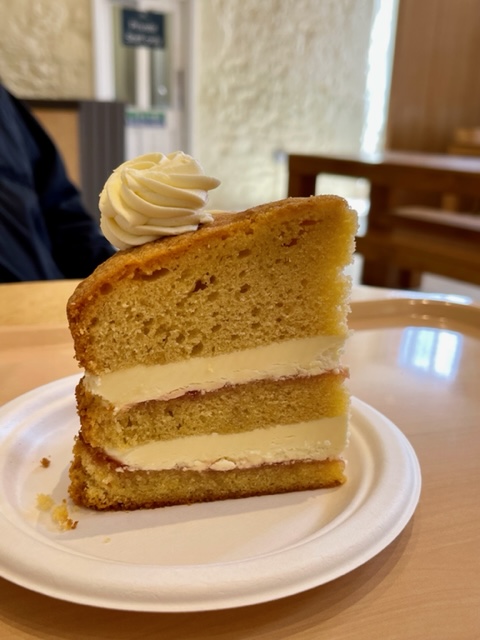

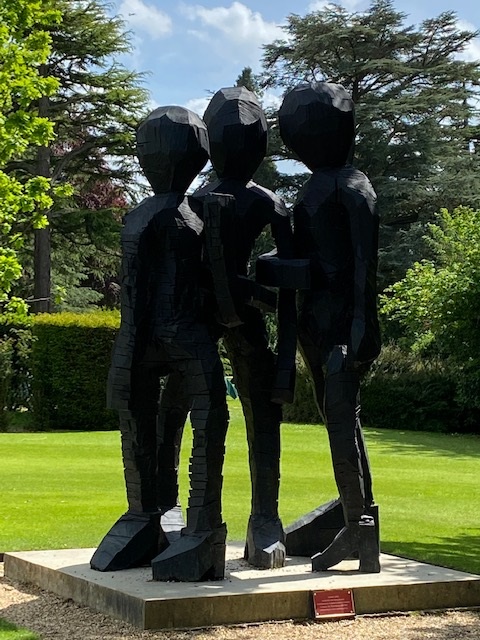

WARWICK CASTLE
Warwick Castle was originally built by William the Conqueror in 1068, and sits on the River Avon. In 1604, it was granted to Sir Fulke Greville by James I. In the 1970’s, after 374 years in the Greville family, it was sold to the media and entertainment company, Tussauds Group (of the famous “Madame”). They reopened the castle after performing extensive restorations to it and the grounds. It’s now a family mecca of entertainment with lots of onsite activities that taps into the castle theme.
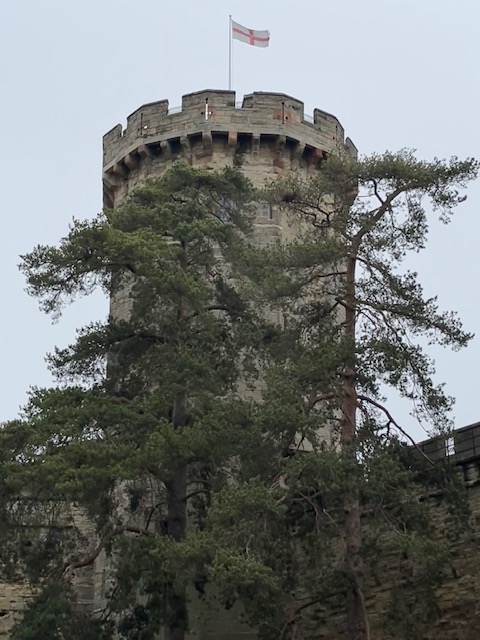

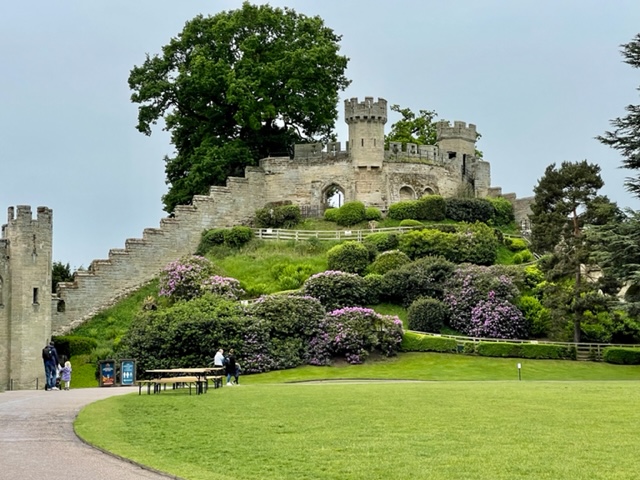

Of course, there’s a number of historic wax figures presented throughout the castle rooms. They include the guests at the 1898 weekend party hosted by Frances, the Countess of Warwick; the principal guest was the Prince of Wales, later King Edward VII. The furniture in those rooms is said to be authentic to the period.

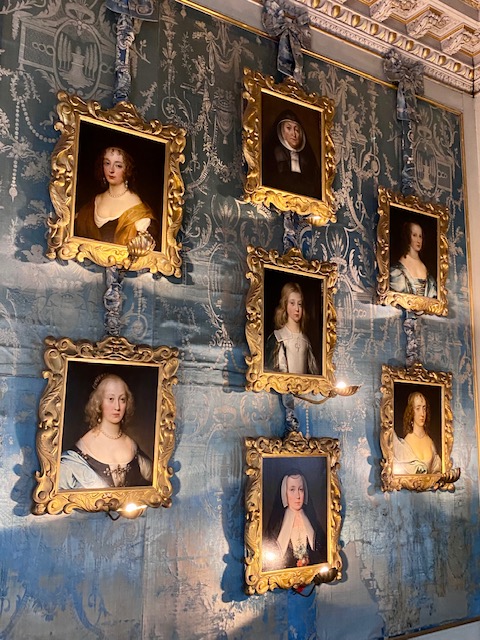
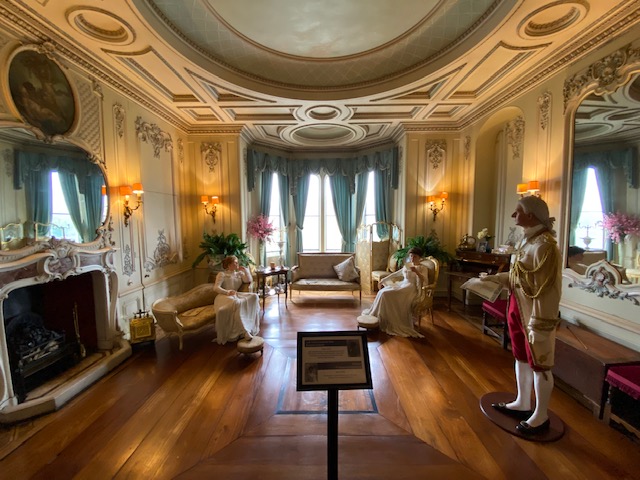

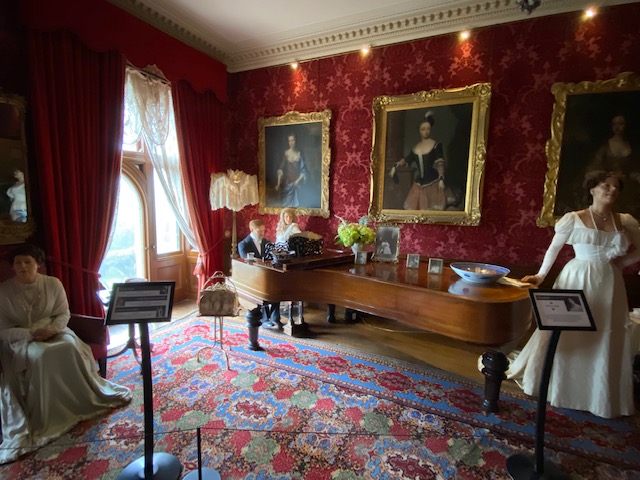
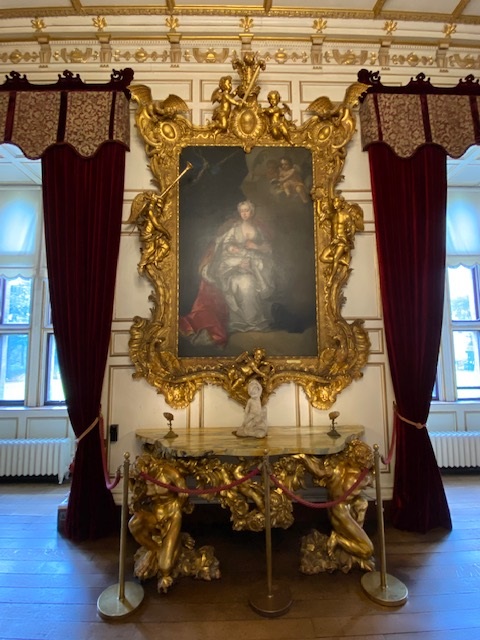
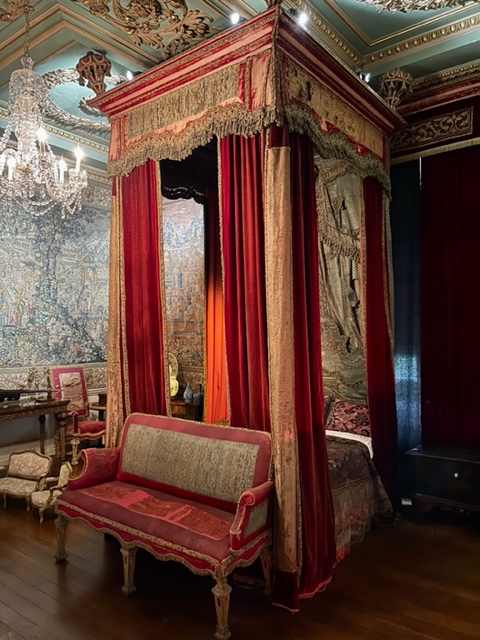
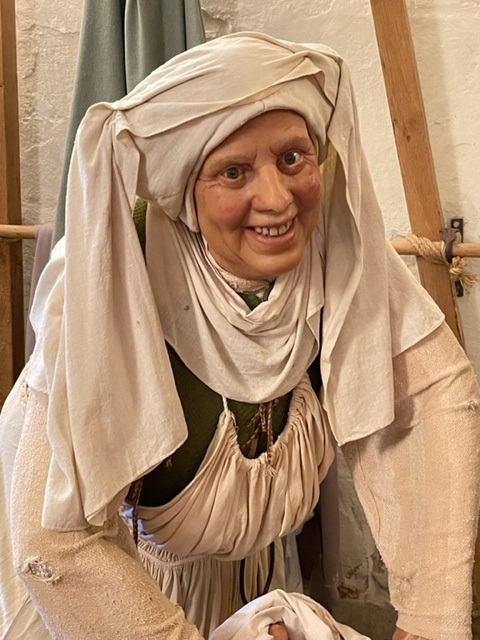

My favorite room was that of King Henry the VIII, flanked to the right and left by his six wives. A “lively” representation happily and harmoniously grouped together. Oh, the stories! And after seeing all the results of his churchly destructiveness, I wanted to go up to him and give him a great big thwack on his fat puss.
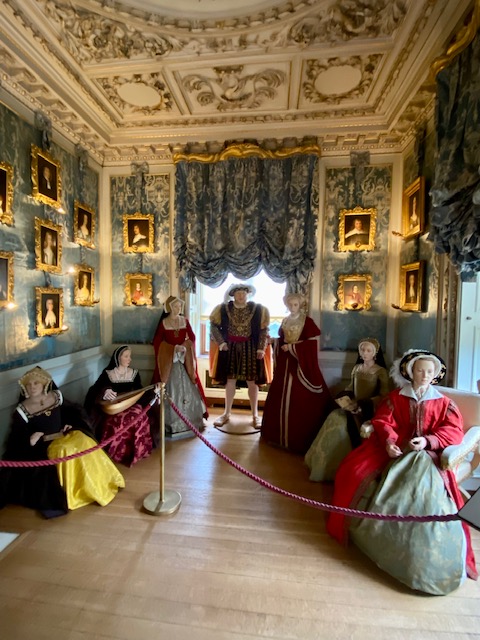
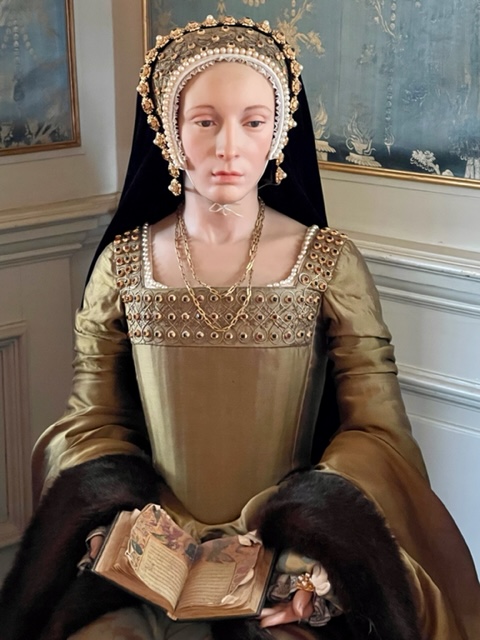
The castle is famous, too, for its five known paintings and three drawings of the castle by the great Italian painter, Canaletto (most popularly known for his Venice canal landscapes). His artwork of Warwick Castle has been described as “unique in the history of art as a series of views of an English house by a major continental master.”
There’s also an impressive collection of armory on display at Warwick Castle; considered to be second only to that of the Tower of London.
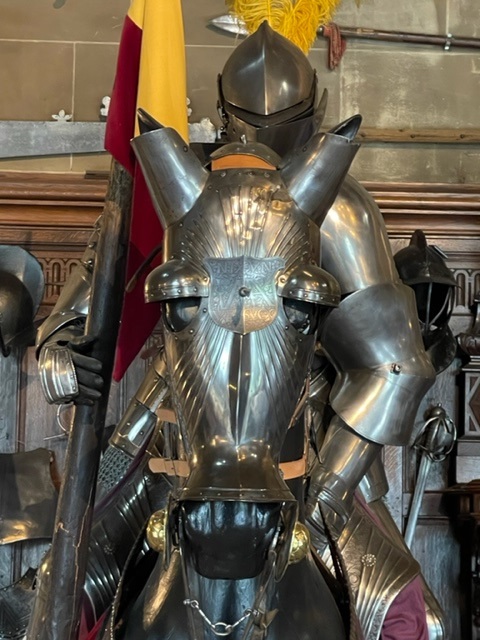
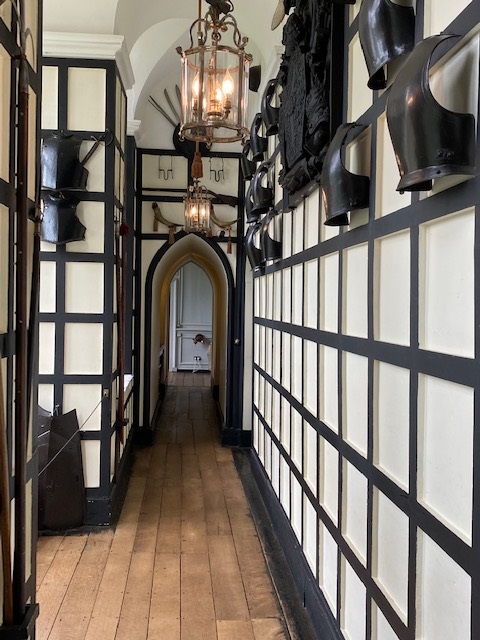
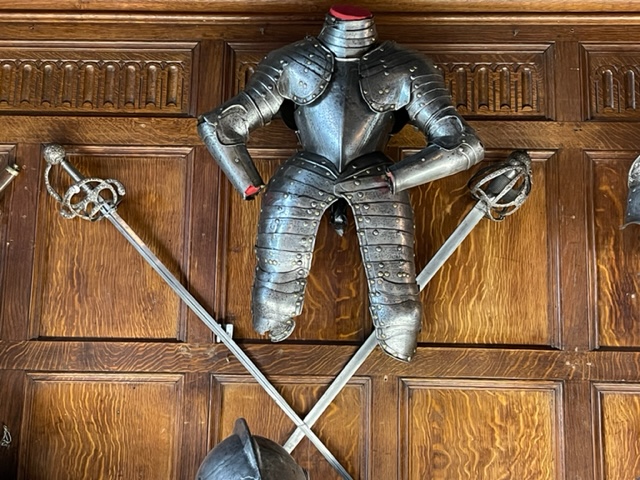
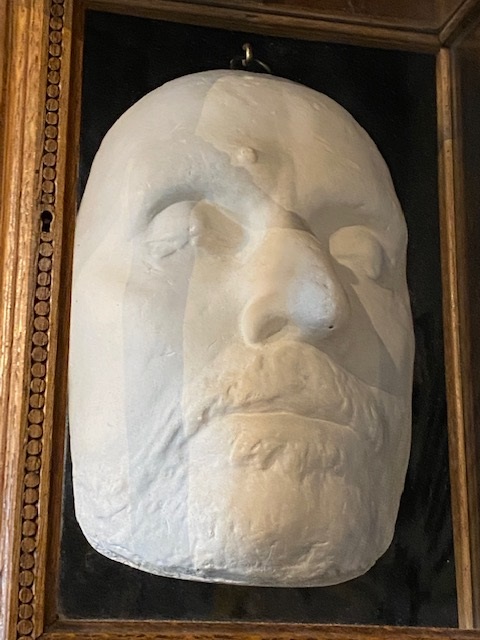
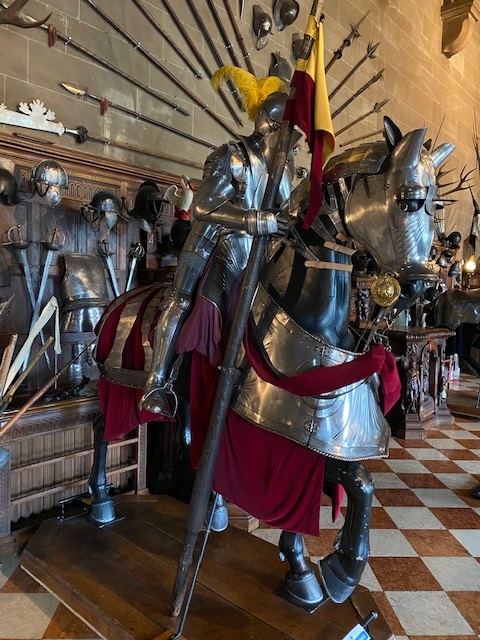
Since the castle and grounds are an entertainment venue, it includes other family attractions. We thoroughly enjoyed an outdoor presentation of “Falconer’s Quest.” It’s a birds of prey show, featuring bald eagles, vultures, sea eagles, hawks, and the biggest of all, the condor. We sat in awe as these large birds would fly within inches over our heads … the oohs and aahs and terrified screaming of young school children, seated on the lawn behind us, added to the thrills and excitement.
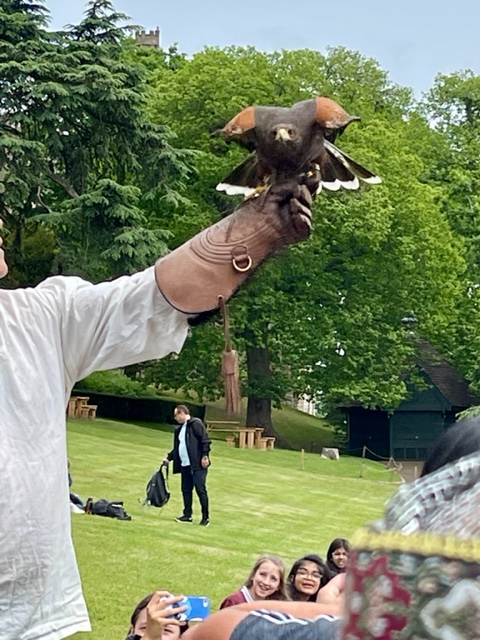
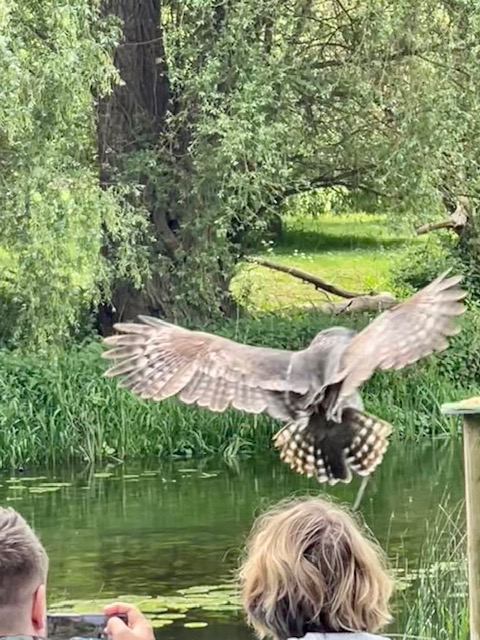




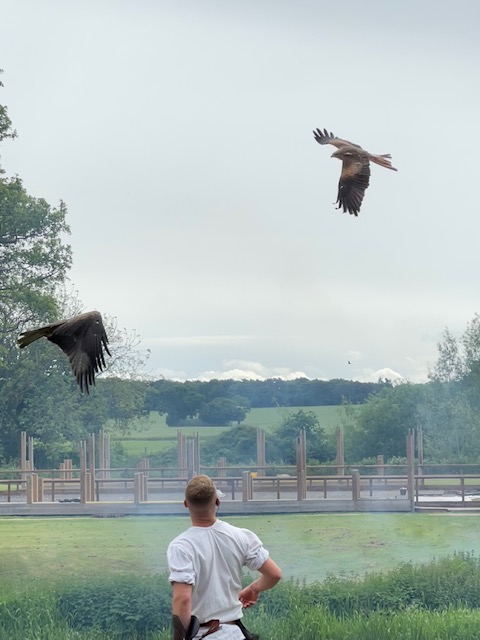


From entertainment frivolities to literary pursuit …
STRATFORD-UPON-AVON
Stratford-upon-Avon, founded 1196, is another medieval market town, one of many we’ve been to. It’s probably the most visited town in England, commonly known as just Stratford; developed along the picturesque banks of the River Avon. The town owes it stature as the birthplace and gravesite of playwright and poet, William Shakespeare (?-1616), and the renowned Royal Shakespeare Company.
Many of the town’s earliest and most important buildings are located along what is known as Stratford’s Historic Spine, which was once the main route from the town centre to the parish church. The route of the Historic Spine begins at Shakespeare’s birthplace on Henley Street.
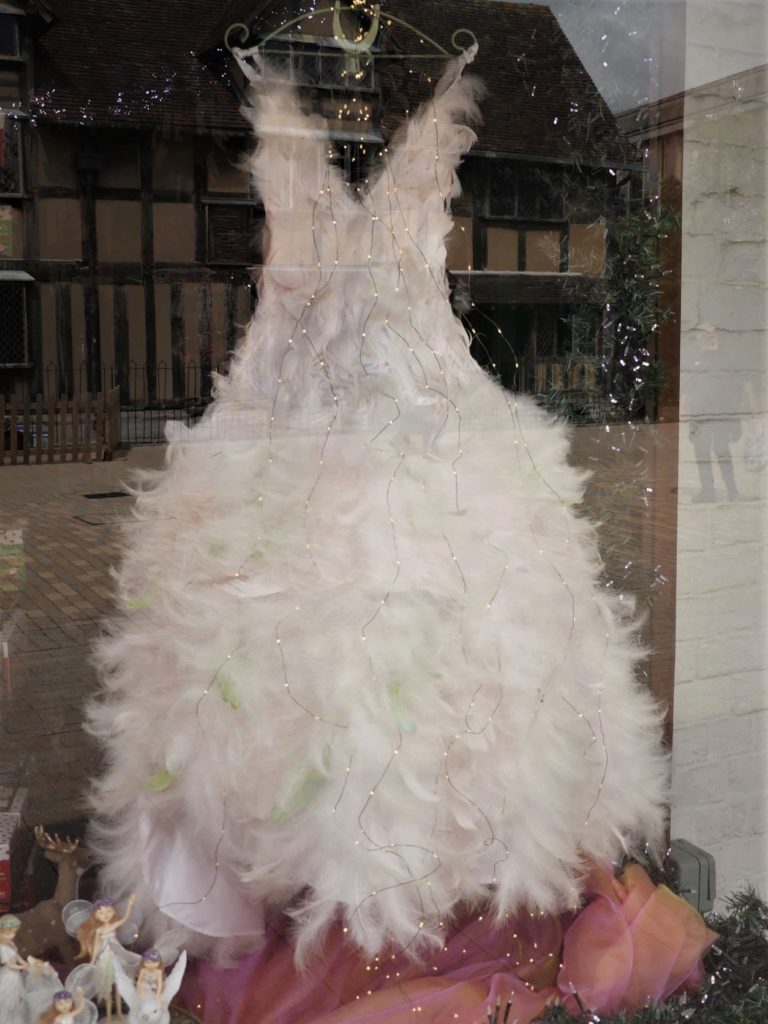
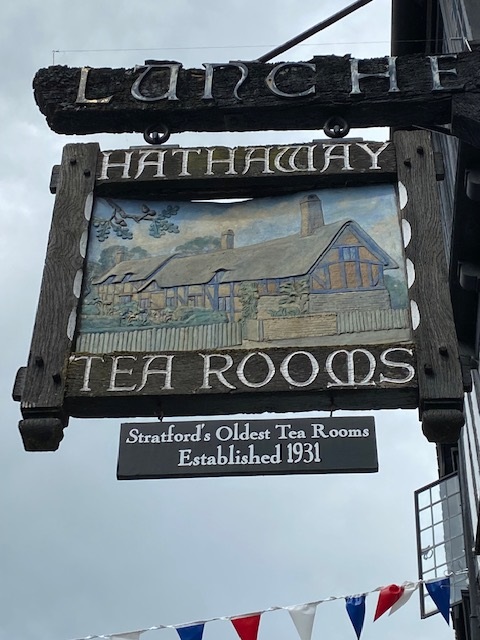
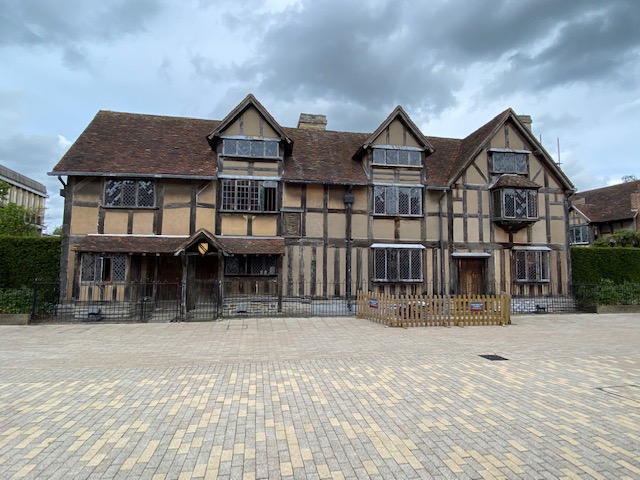
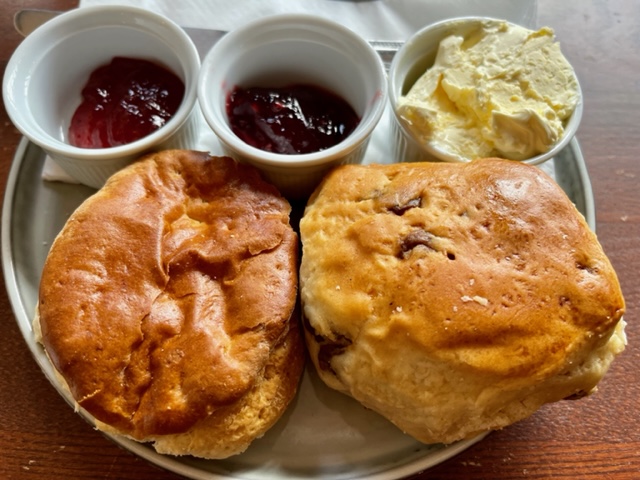
The house believed to be his birthplace has been restored and is open to the public. Honestly, every building in Stratford that Shakespeare stepped into or leaned against, has a “he was here plaque,” along with the crass exploitation of his name and image. You name it, you can buy it; all the poppycock you want.
Have to admit not being much of a Shakespearean, having struggled through one of his plays in English Lit class in college, but have been exposed to many of his plays in theater and film since. In fact, on our last NYC theatre trip, we attended a Broadway show of “King Lear,” played brilliantly by British actress and Oscar winner, Glenda Jackson, in her gender-bender, bravura performance as the King. Naturally, she truly deserved a standing ovation after this incredible and memorable portrayal.
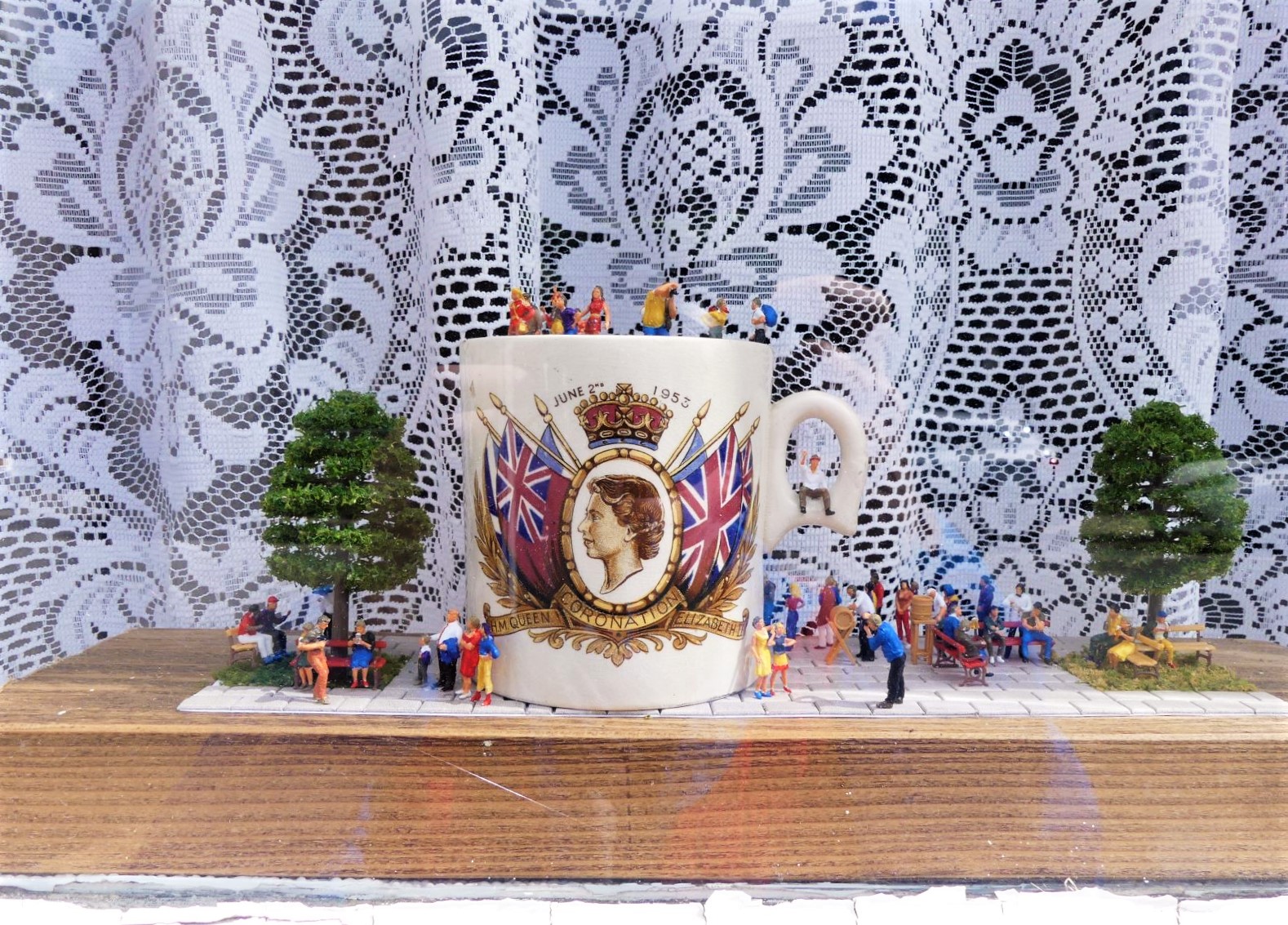
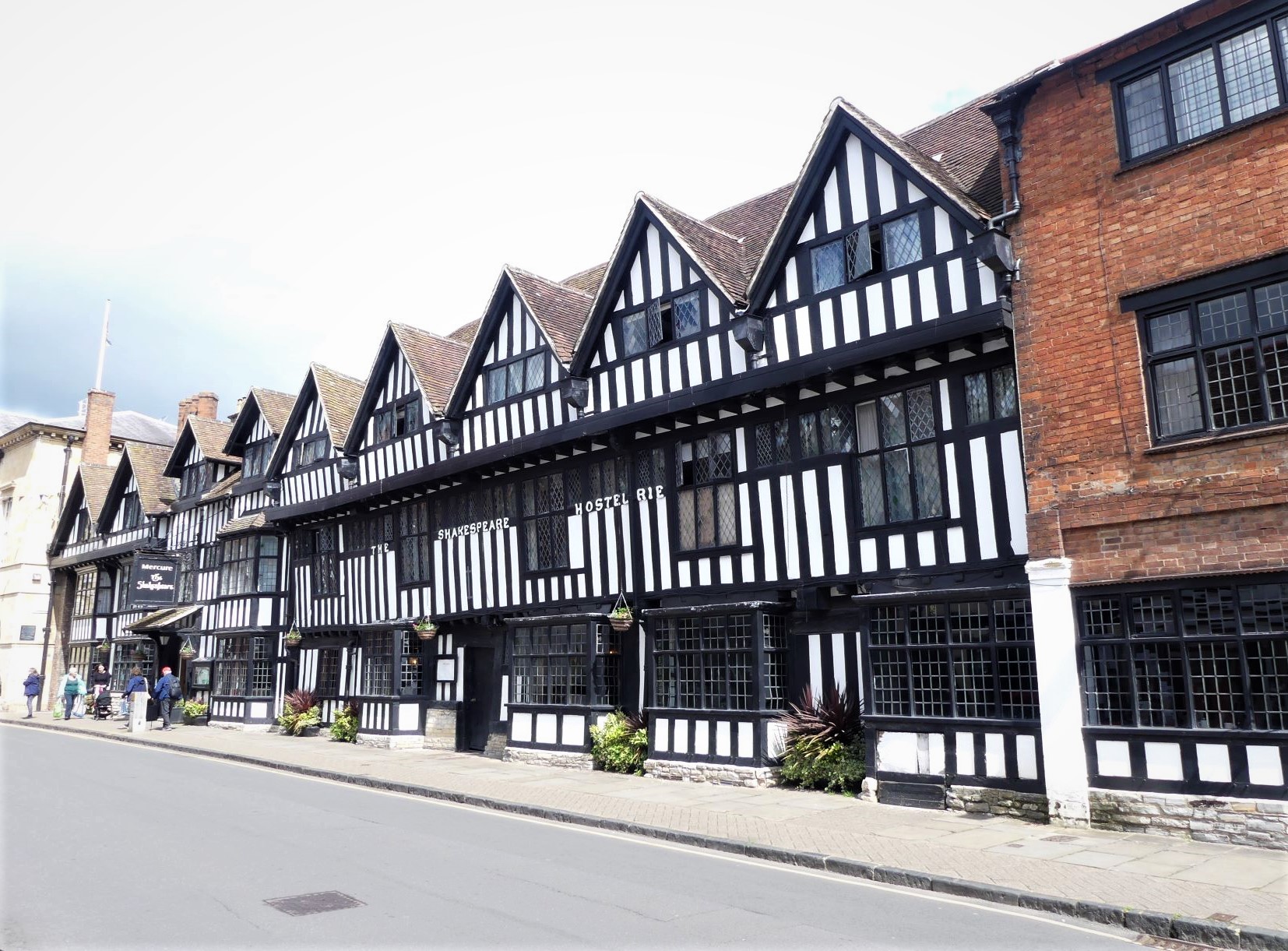
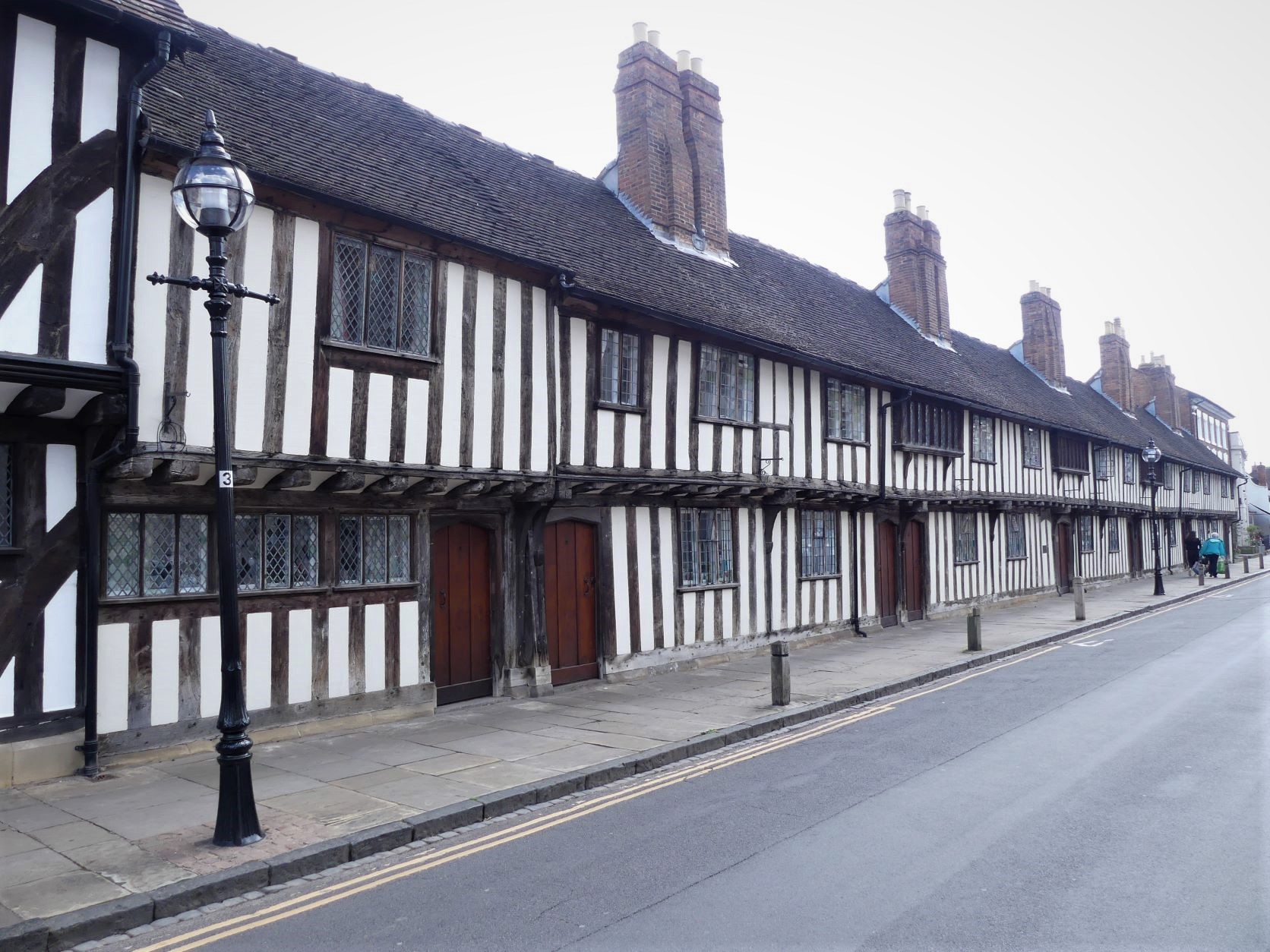
But digging a bit deeper, I guess I’m a fan after all; having seen “The Complete Works of William Shakespeare (abridged),” all 37 plays in 90 minutes! If you’re a true fan, please skip it … this show is a high-speed roller-coaster condensation of all of Shakespeare’s plays, and not recommended for people with heart ailments or motion sickness, as it’s a deep, belly laugh-out-loud, funny presentation, and so irreverent. I’ve seen it twice now.
David claims to have seen an all-star cast, including Helen Hunt and Paul Rudd in “Twelfth Night” at Lincoln Center in 1998, but he, too, isn’t a great fan … we’re such heathens. Oh, well, guess we’ll stick to “West Side Story,” a riff on Shakespeare’s “Romeo and Juliet.”
We strolled about Stratford and inadvertently hit upon the Historic Spine route, visiting the grave site inside Holy Trinity Church, Stratford’s oldest building, aka Shakespeare’s Church. It’s where he was baptized, married and buried (Anne Hathaway, 1556-1623; his wife of 34 years, is buried alongside).
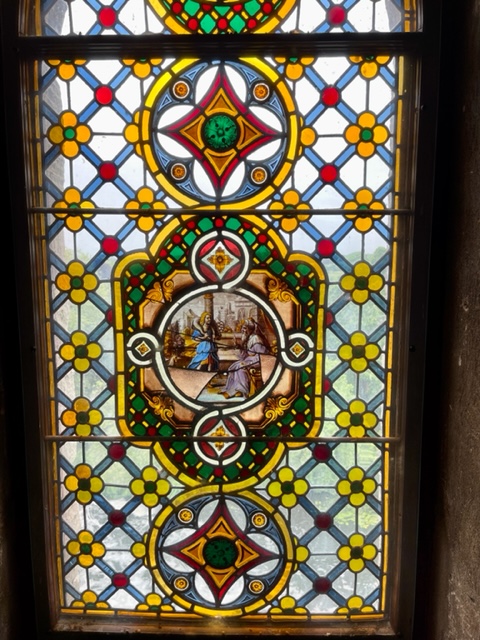
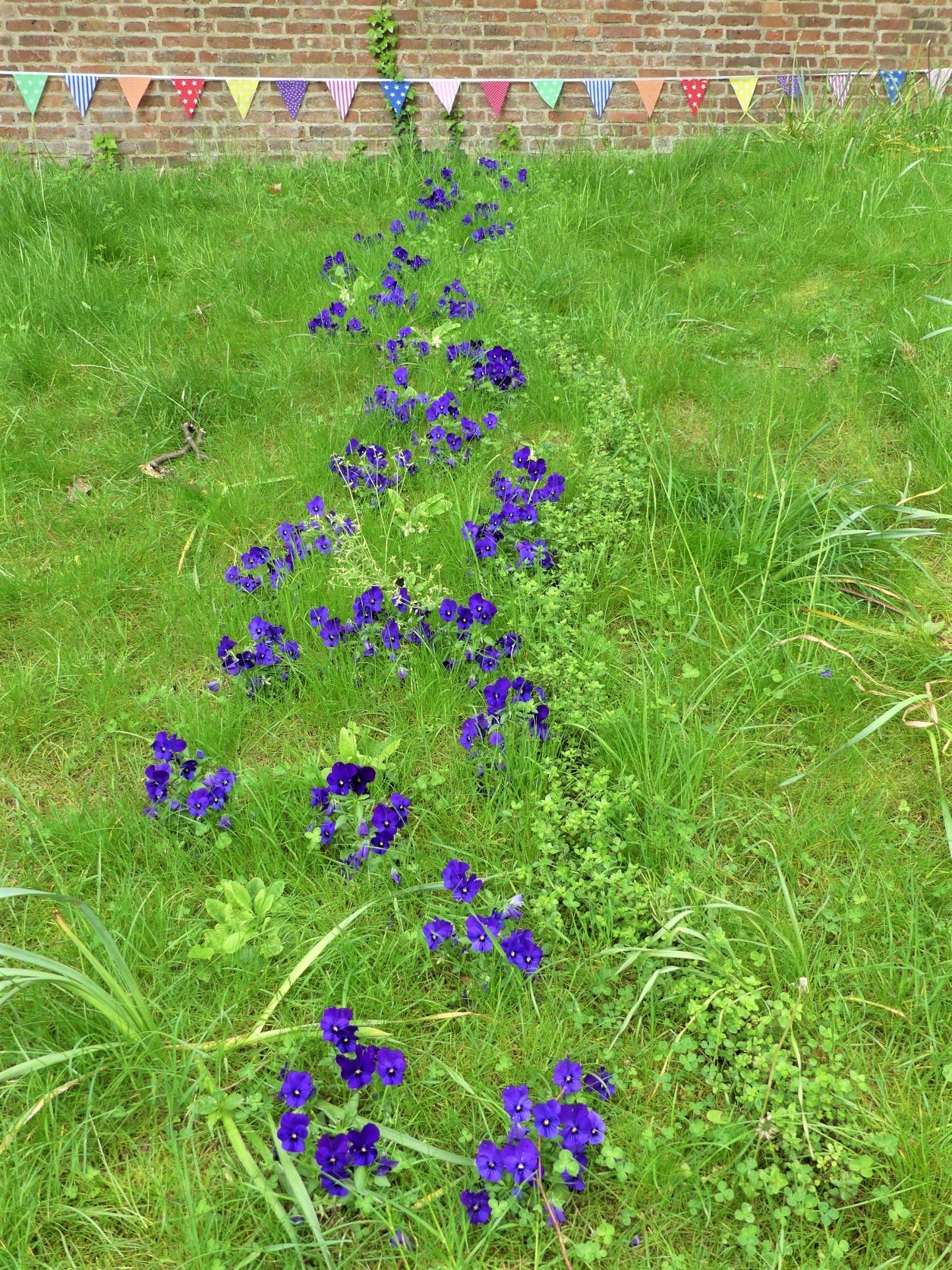
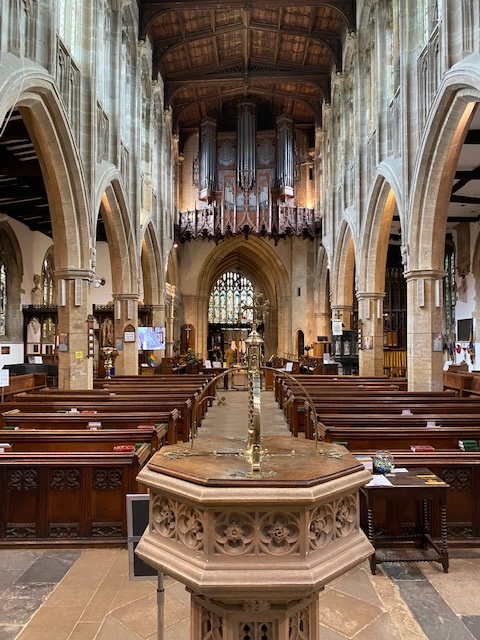
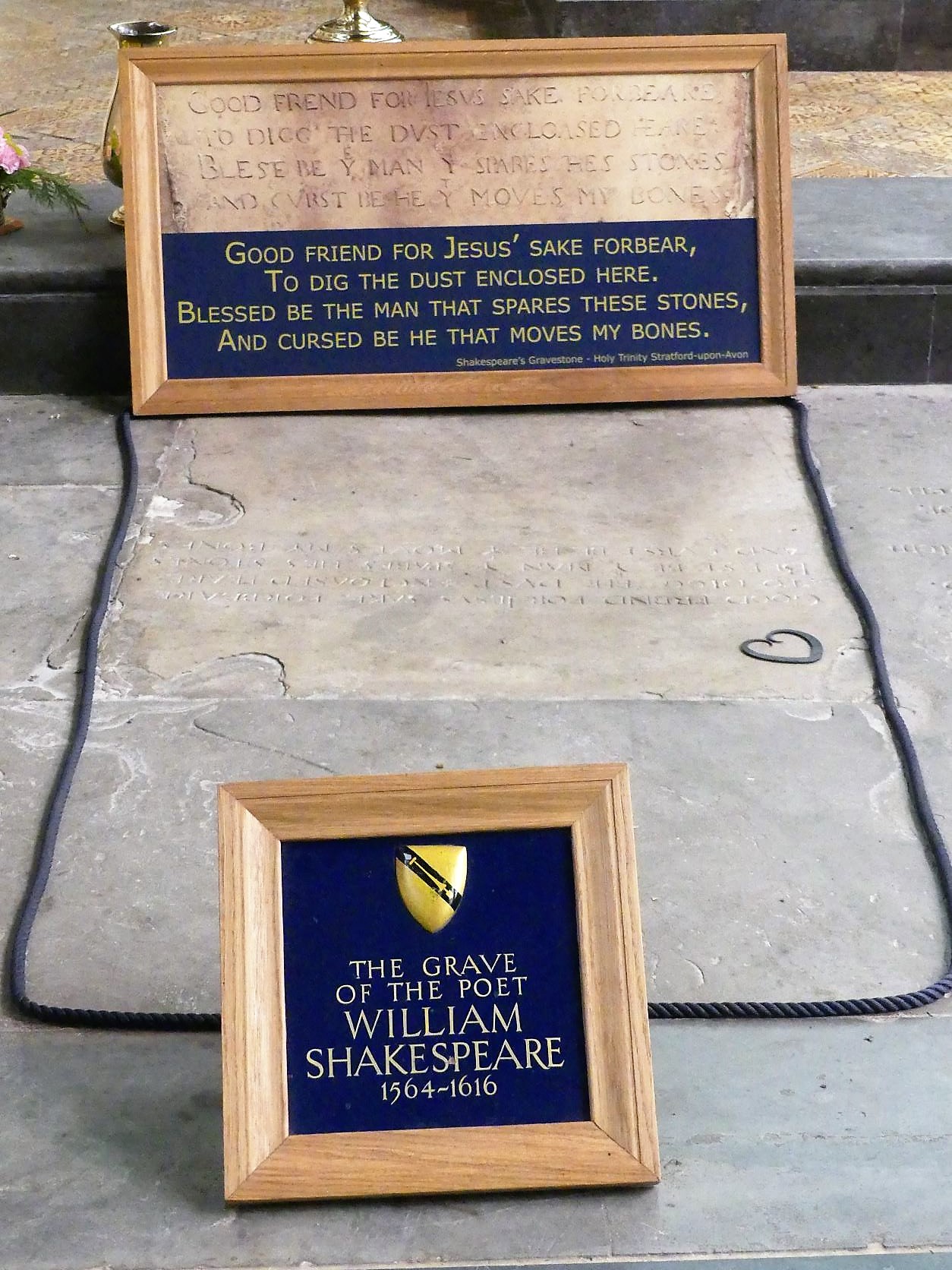
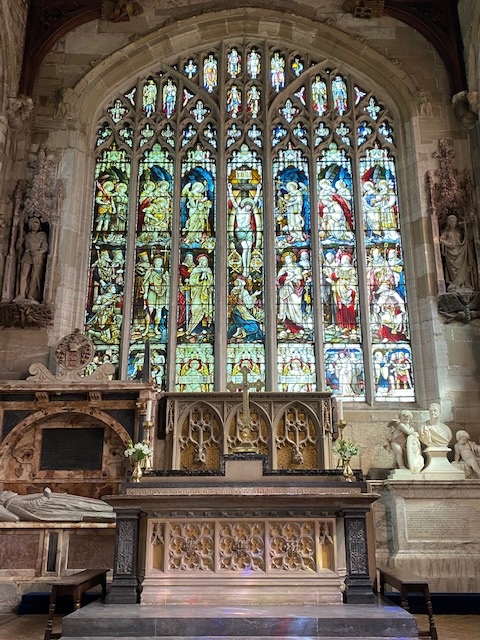
The churchyard is covered in headstones, so eroded by time, that the names and dates have been erased by nature’s rain and winds. We stopped a passing local and she directed us beyond to a path that brought us along the banks of the River Avon. There, we spotted several manned (and womaned) row boats paddling by.
It was so romantic that I turned to David and asked him, “Do you love me?” Startled, he asked why. I replied, “Can we rent a row boat?” You should have seen the expressionless look on his face, a blank stare. It read like, “Are you asking me to row you?!” We settled for the next best thing and joined a boat tour along the Avon. I still found it very romantic.
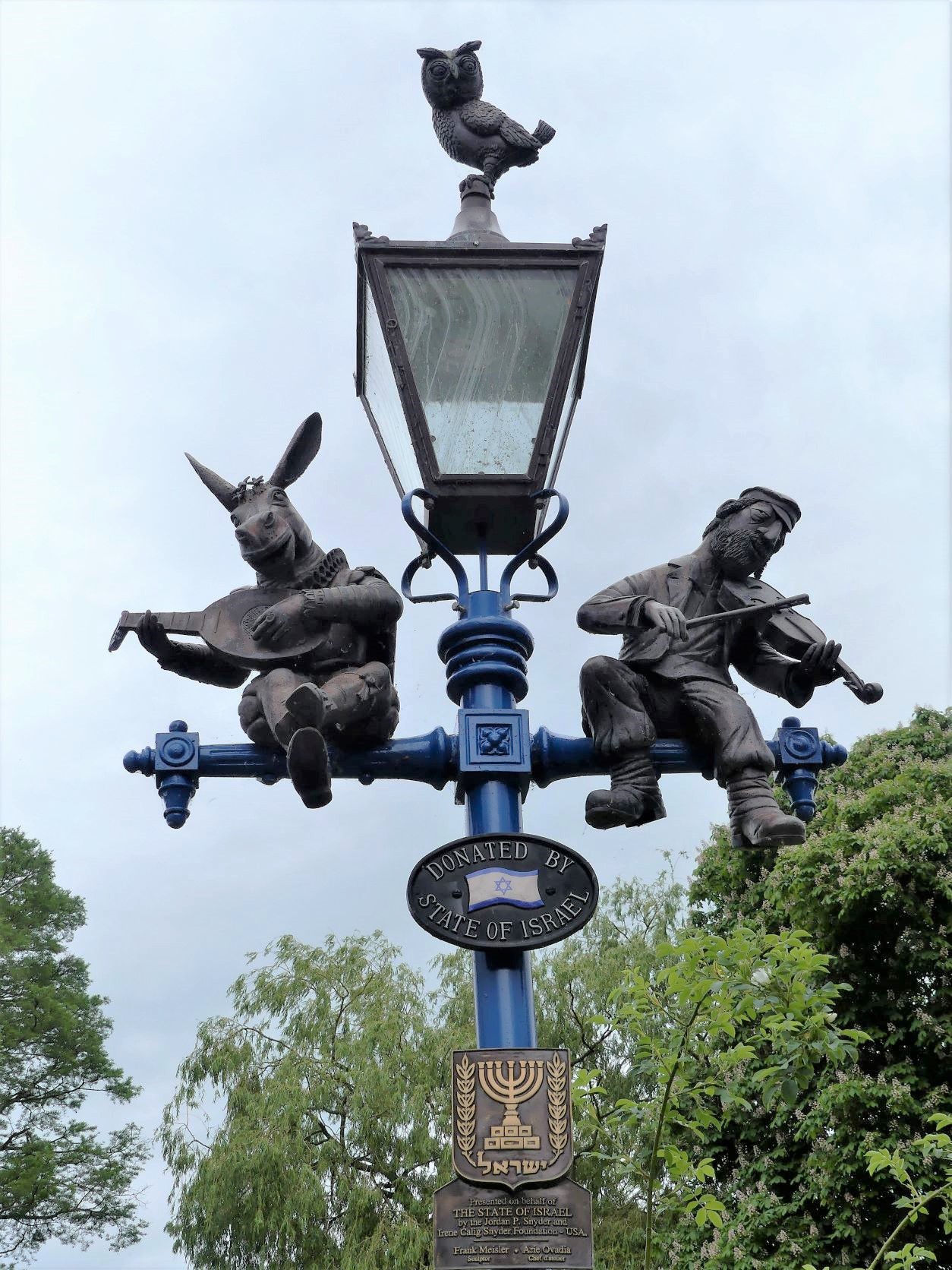
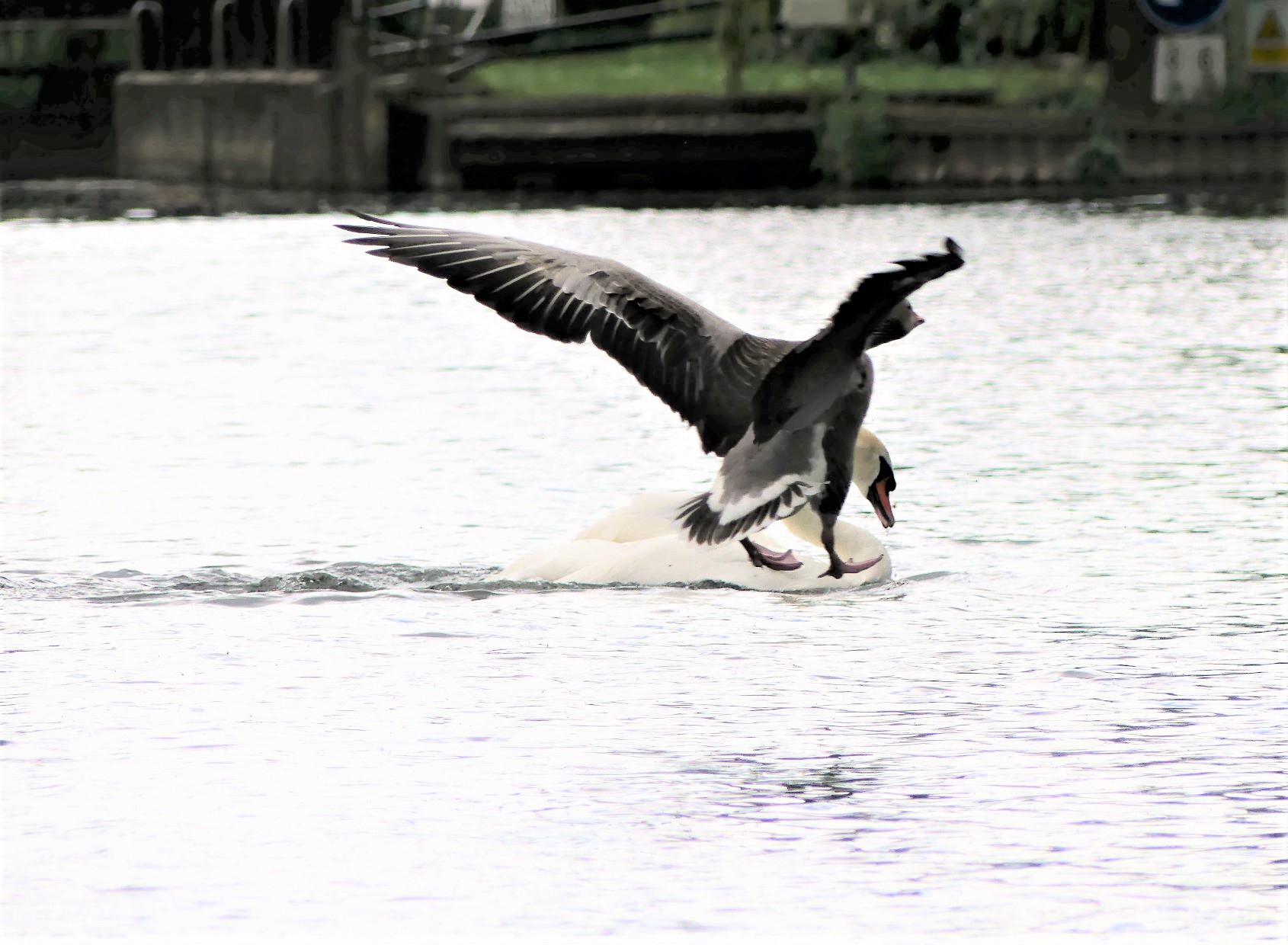
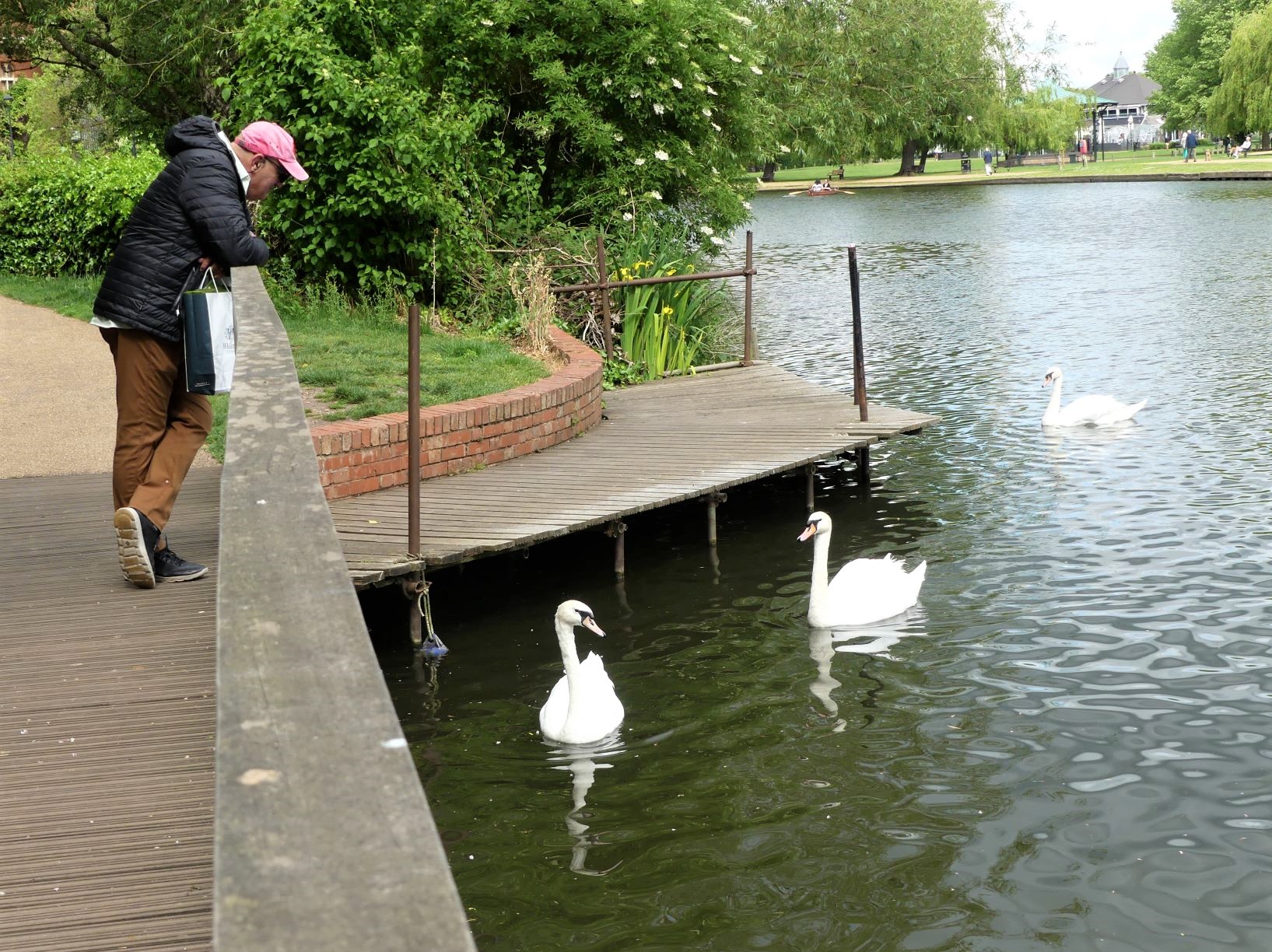
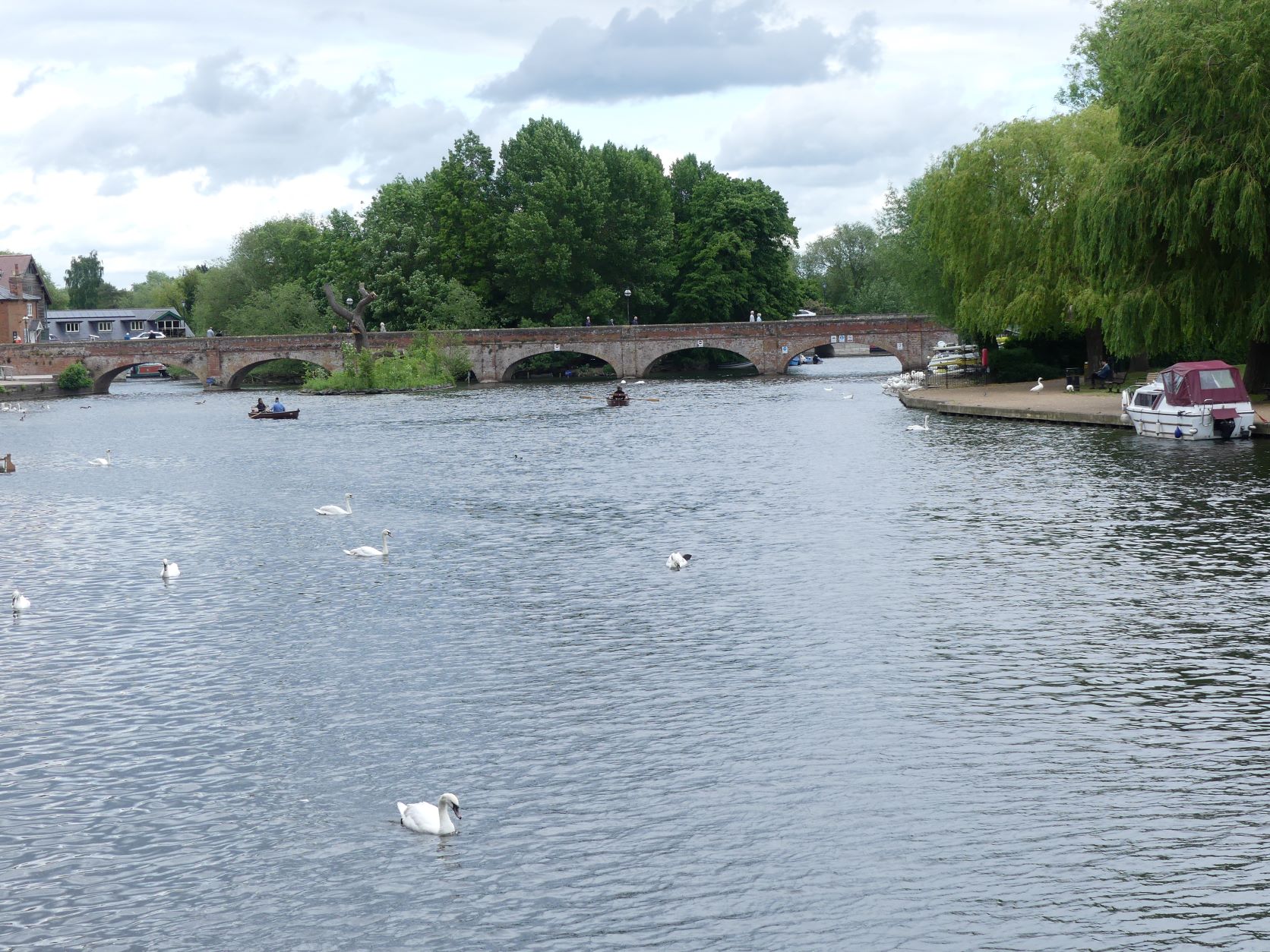

CHIPPING CAMDEN
We had a lovely two-night stay at the vintage 14th-century, The Noel Arms Hotel. It’s a historic, Cotswolds stone inn on High Street (High Street = Main Street) in the charming and historic center of Chipping Camden (pop. 2,066); another medieval market town. The iconic 400-year-old Market Cross stands across the street.
By now, we’ve come across several old, rural market towns. They earned this “market right” usually by royal charter, a bishop or baron, beginning in the Middle Ages. It simply allowed the town to legally host a regular market; providing provisions of goods and services to the surrounding locality. The market was usually located in the town’s center, and were important to rural life. A market cross is a structure used to mark a market square in these towns.
The Noel Arms Hotel was built as a coaching hotel for the sheep and wool traders visiting the market. Originally called The George, the name was changed in 1819 to The Noel, after one of the influential families in the area.
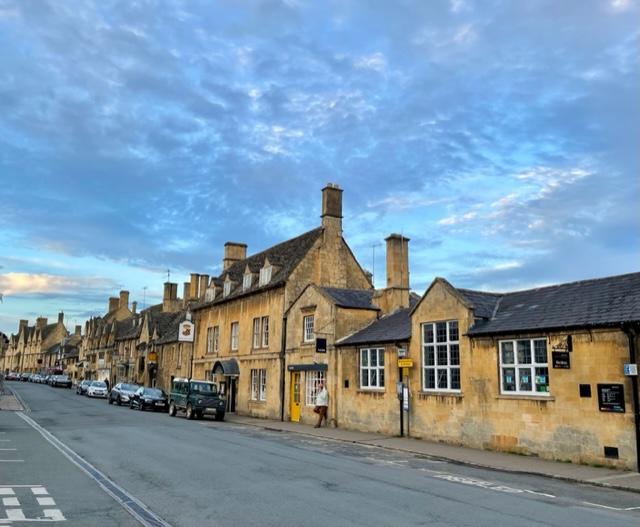
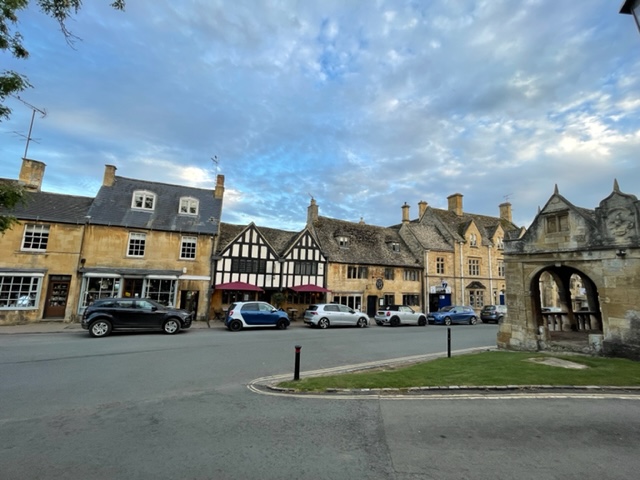
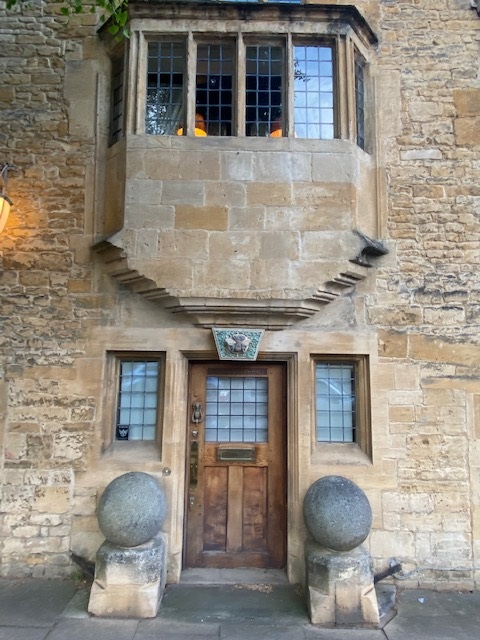
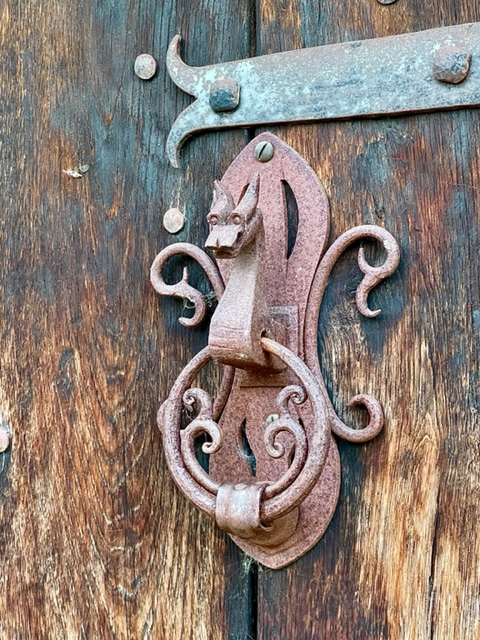
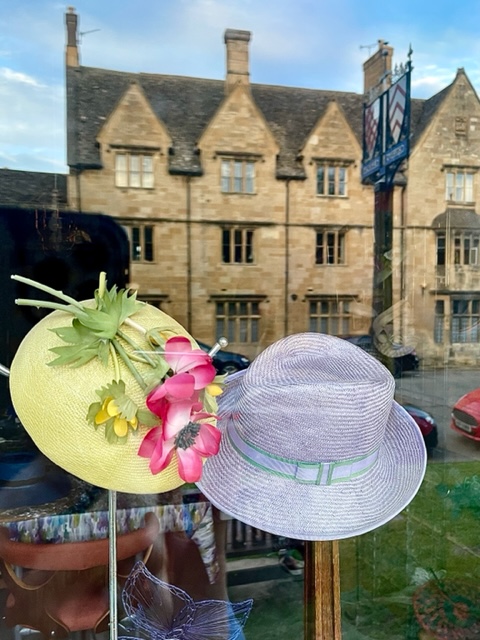
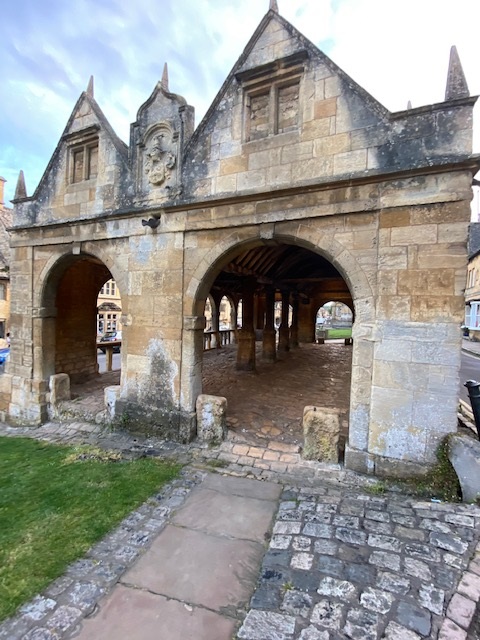

The courtyard held functioning stables and barns, and it also was a brewery in the mid-1900’s. Since several old buildings were joined together to form the property, we had to follow a quirky labyrinth of halls and stairways to reach our room. We passed by a couple of befuddled guys, who had just check-in before us, lost about in finding their room (it was right next to ours!).
The hotel is greatly known for its Sri Lankan head chef (a Best Curry Chef winner), and his famous, monthly curry dinner that sells out months in advance. I love curry, and wasn’t disappointed by two of the dishes that I tasted from his regular menu: the Sri Lankan Black Lamb Curry and the Green Chicken Coconut Curry; both times, my plates were licked clean. David pigged-out on his 3rd prehistoric-sized Fish ‘n Chips of the trip, and devoured a hamburger the following night; and being a soup lover, I couldn’t pass up the creamy leek and potato soup both nights dining there.


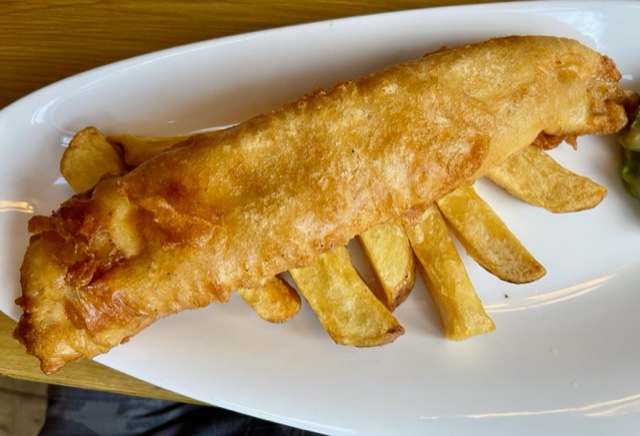
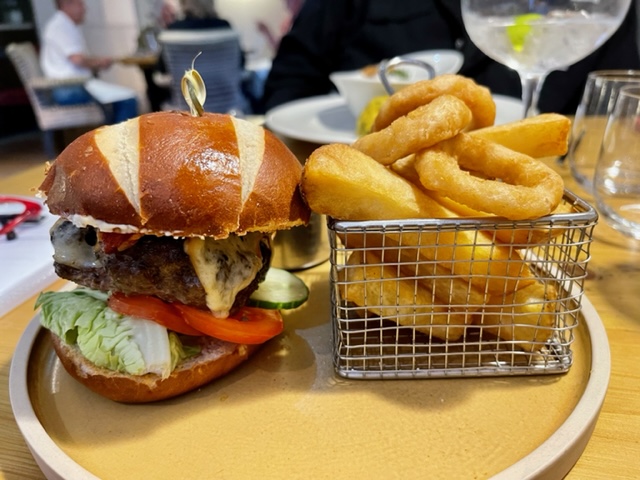
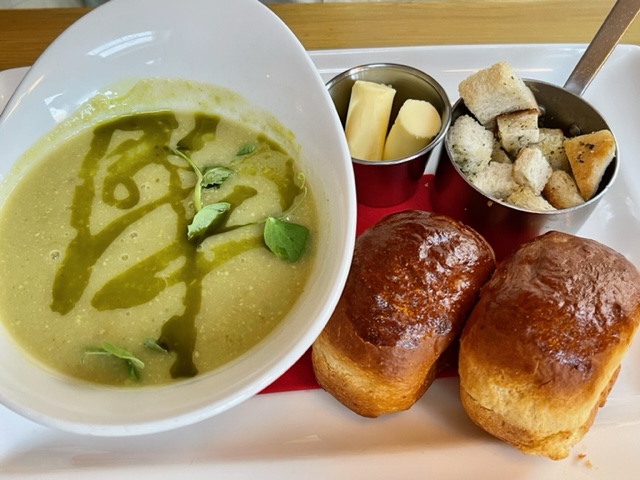
We’re now at the half-way mark in our adventure. Up next … back to Wales.




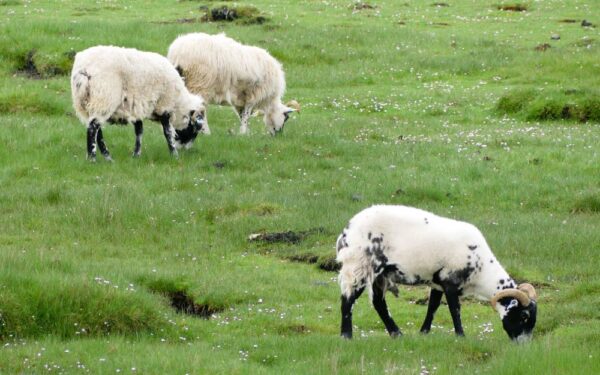
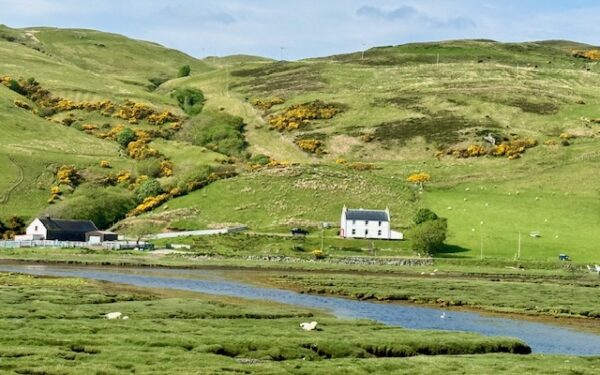
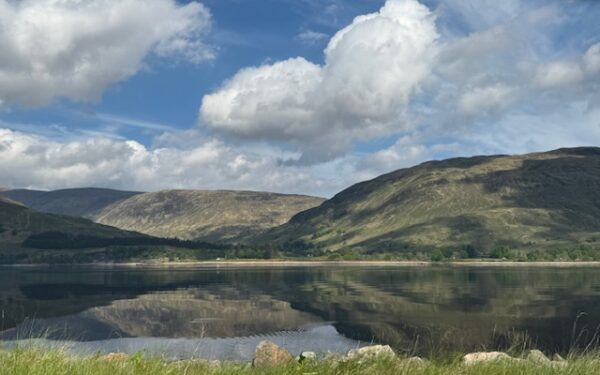
What an adventure!!!💕💕💕💕
What great historical treasures you guys visited – plenty of politicians, great men and women of multiple ages, art abounding, especially fabulous architecture and sculptures, paintings, etc. The food as usual looked so tempting! I’m glad you are capturing these images and indulgences for us to enjoy vicariously! Thanks!
I LOVED The White Cliffs of Diver, my mom sang that song. In this latest post the Shakespeare quote is awesome, particularly admired the ( wild) wigs and oh my the Cotswolds— that tour is on my bucket list! The foliage, ancient accomodations—- and if course, the food! Thanks again gentlemen, for sharing your adventures!!!
I love receiving the glorious photos and the historical education.. If you served cream tea with your commentary, it would be divine.